“Unterkunft Ukraine”: Hundreds of thousands of beds remain unused
The “Unterkunft Ukraine” initiative wanted to find hundreds of thousands of places to sleep for refugees. But the criticism of the voluntary bed donors is growing.
We have been dealing with the history and present of Ukraine for years. Not only the revolutions and the war that has been going on since 2014 have shown that the country in the heart of Europe is exposed to significant internal and external conflicts.
Photo report from Kyiv and Odesa, August 2022
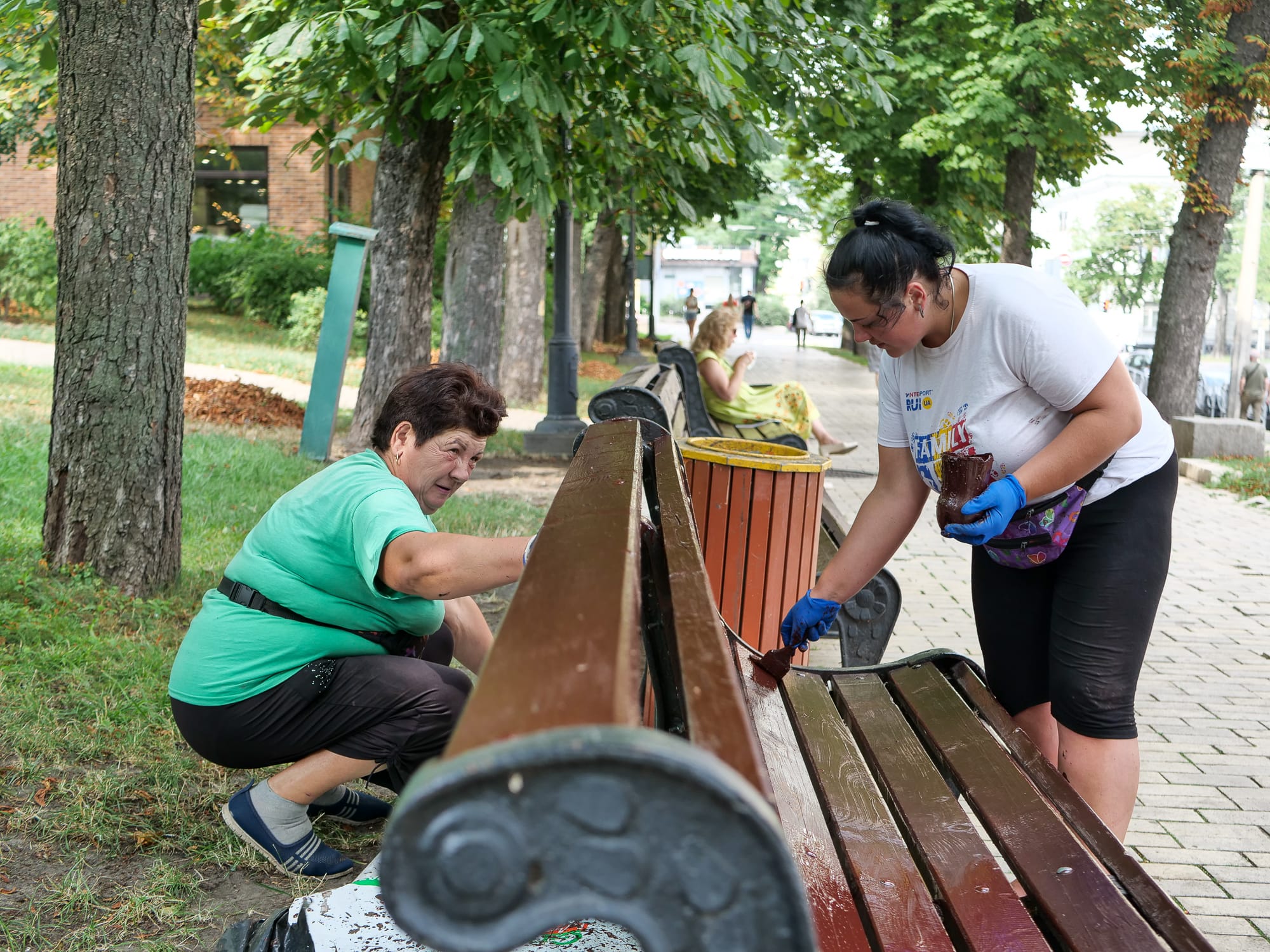



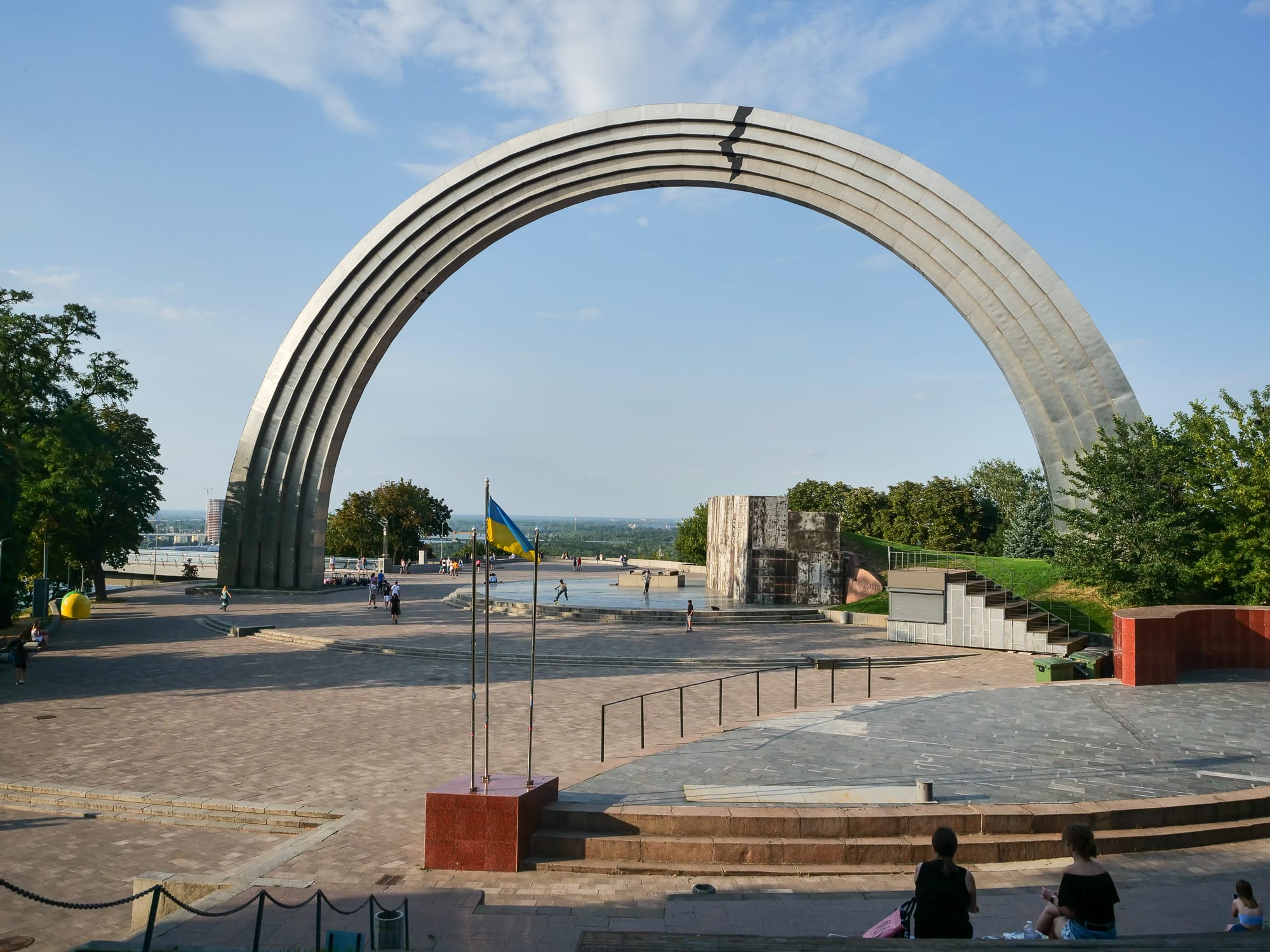





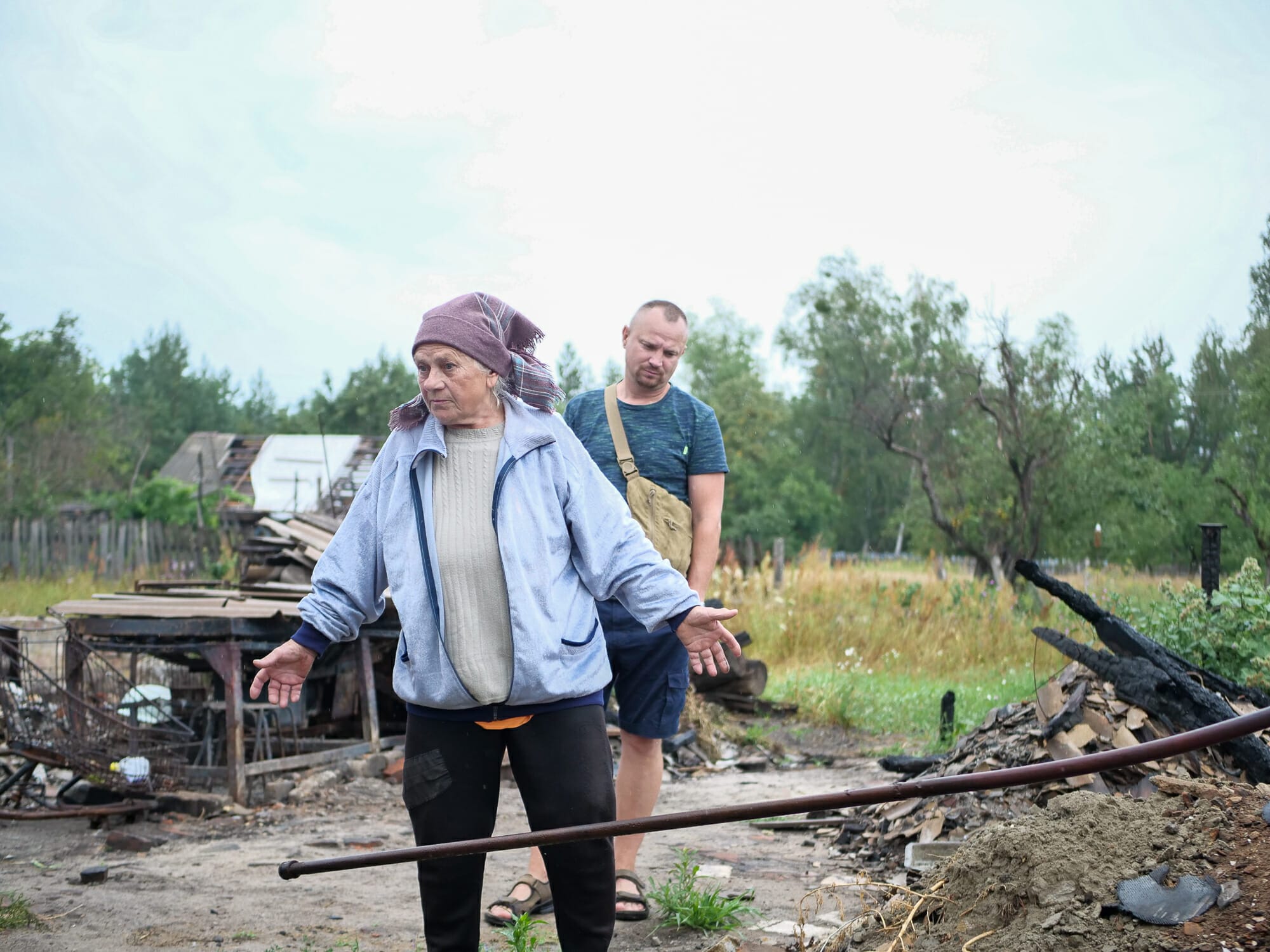

Nadiya Kravchenko (74) from Pidhaine near Kyiv experienced the bombs herself: five of them hit her property. All that remains is the garden house, which volunteers from a Baptist church in Kyiv are now repairing and expanding.
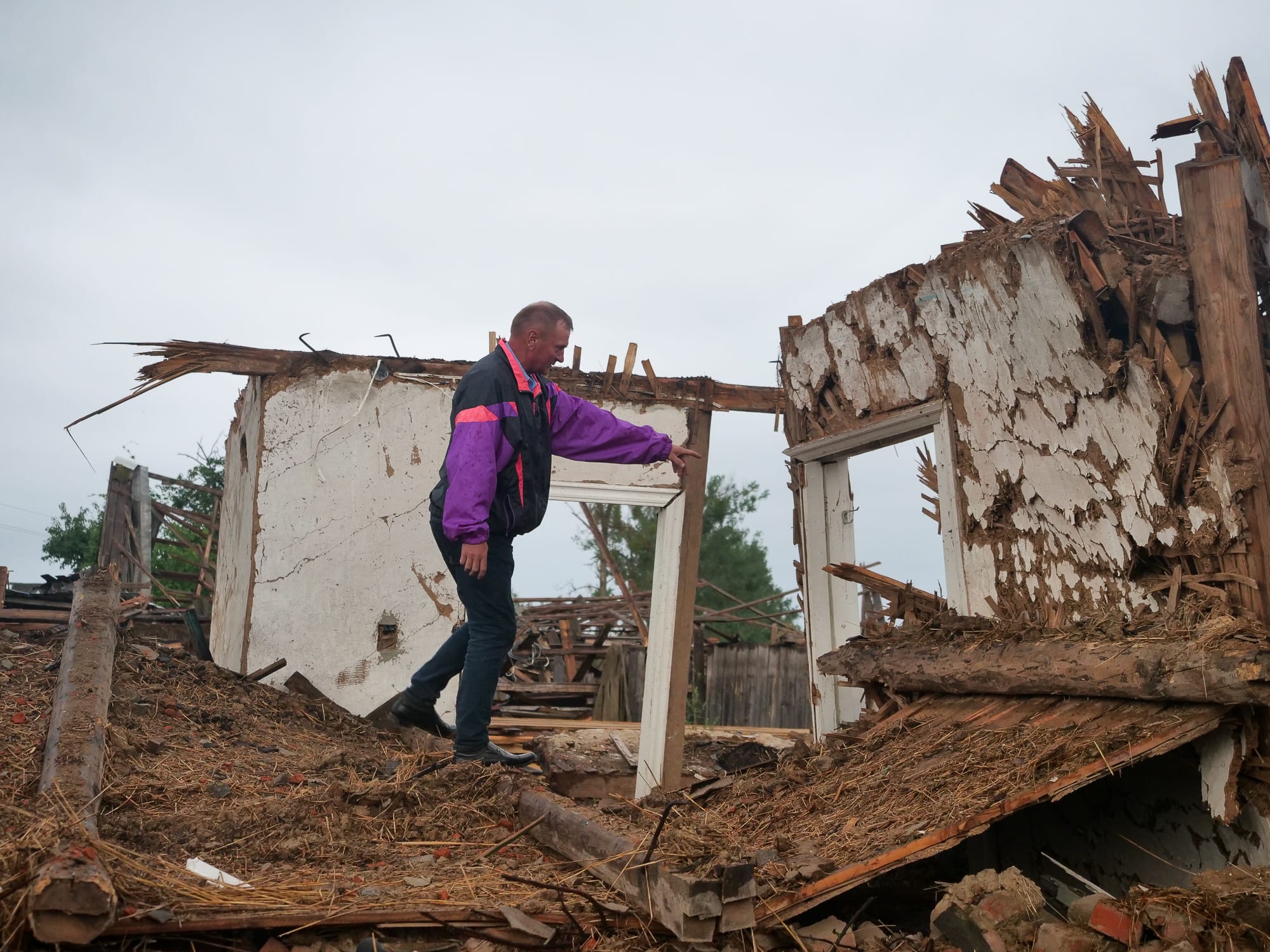





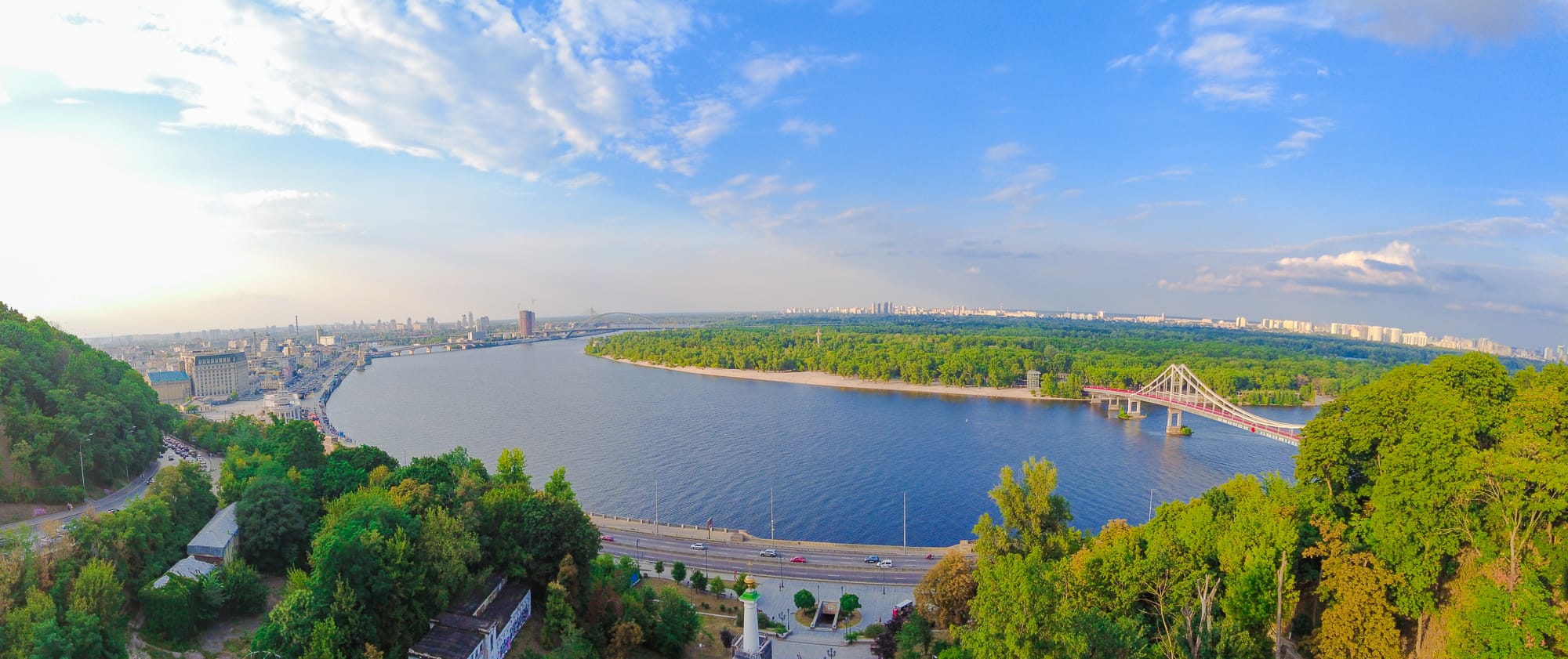

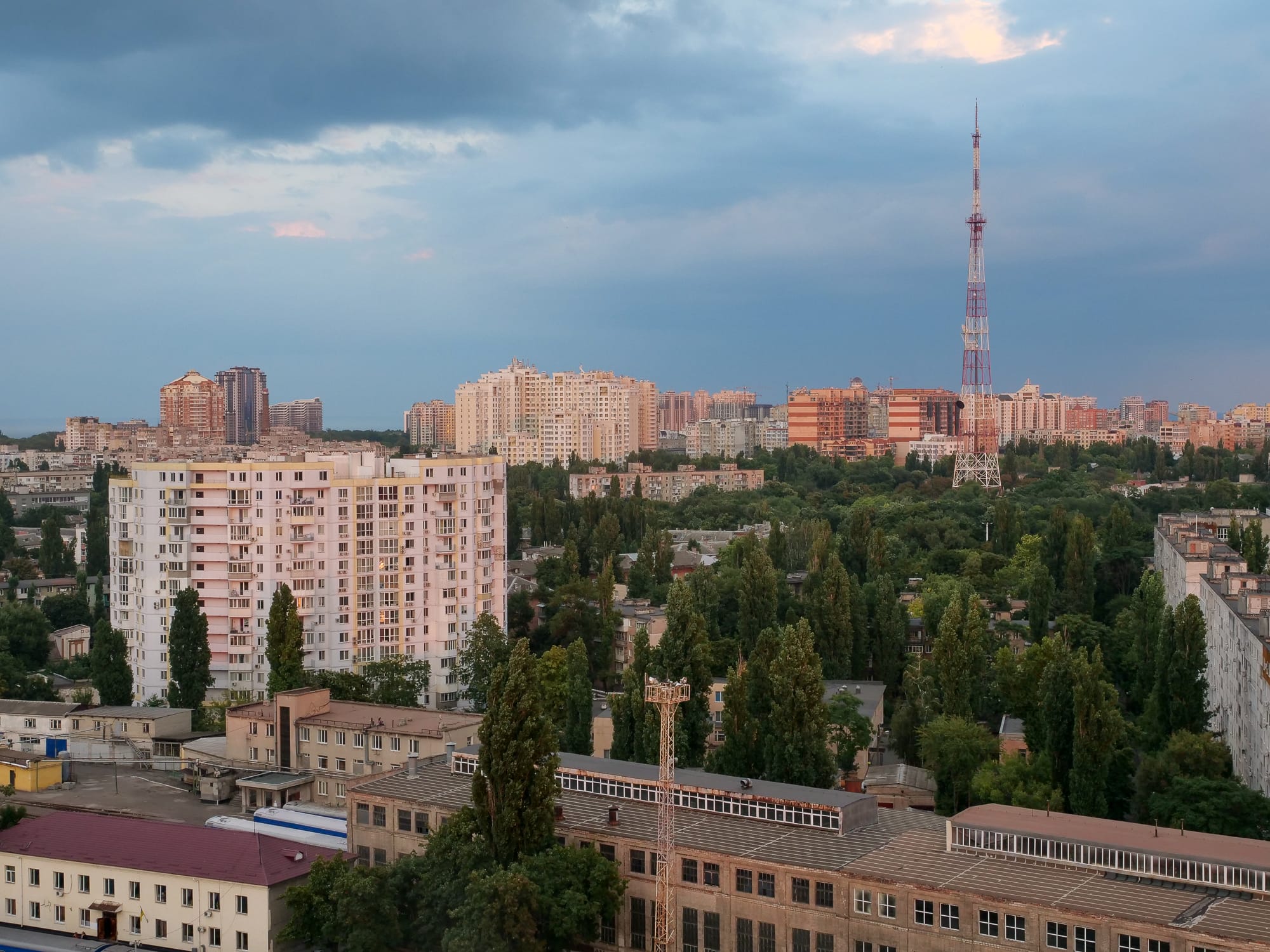









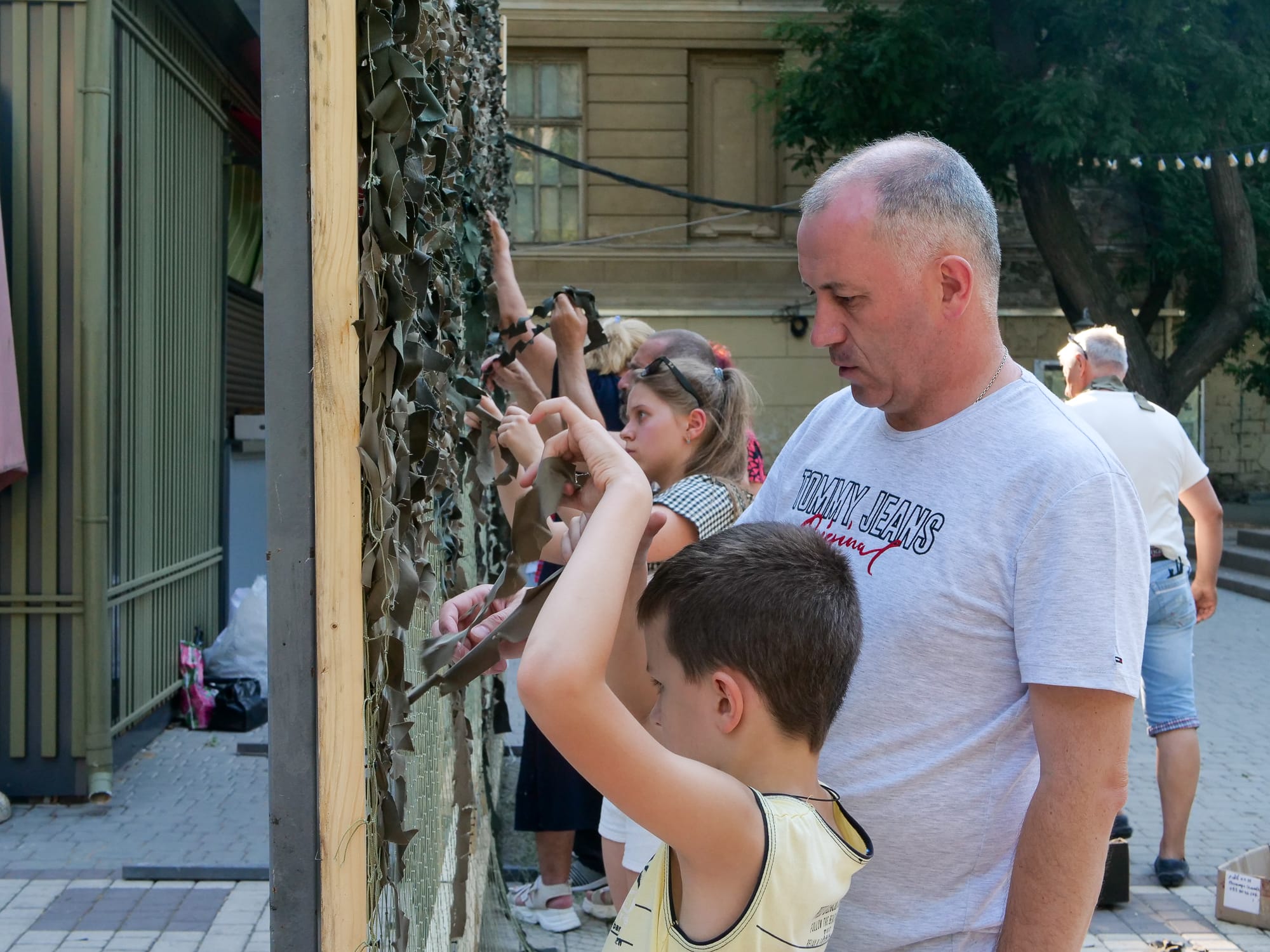



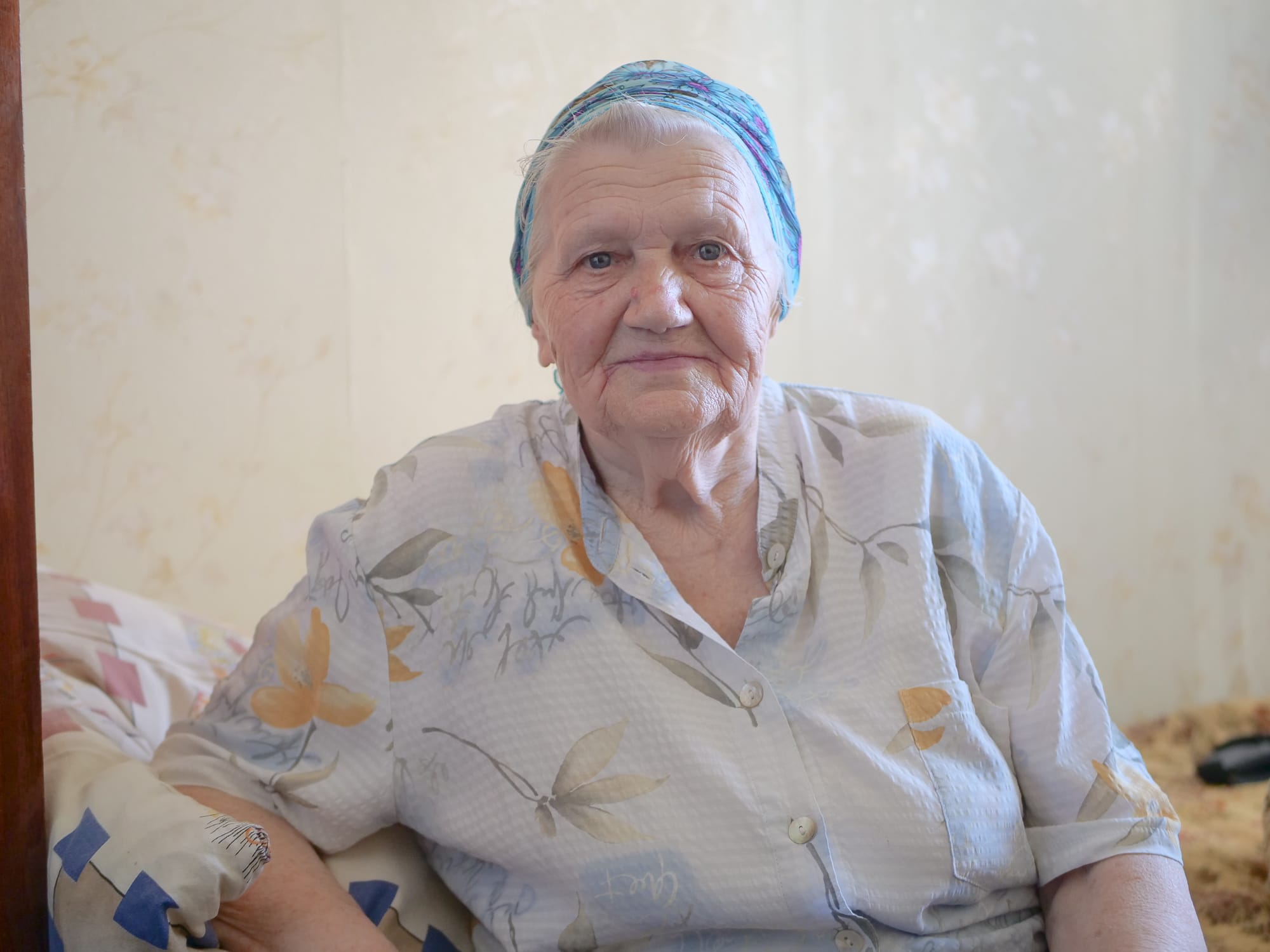



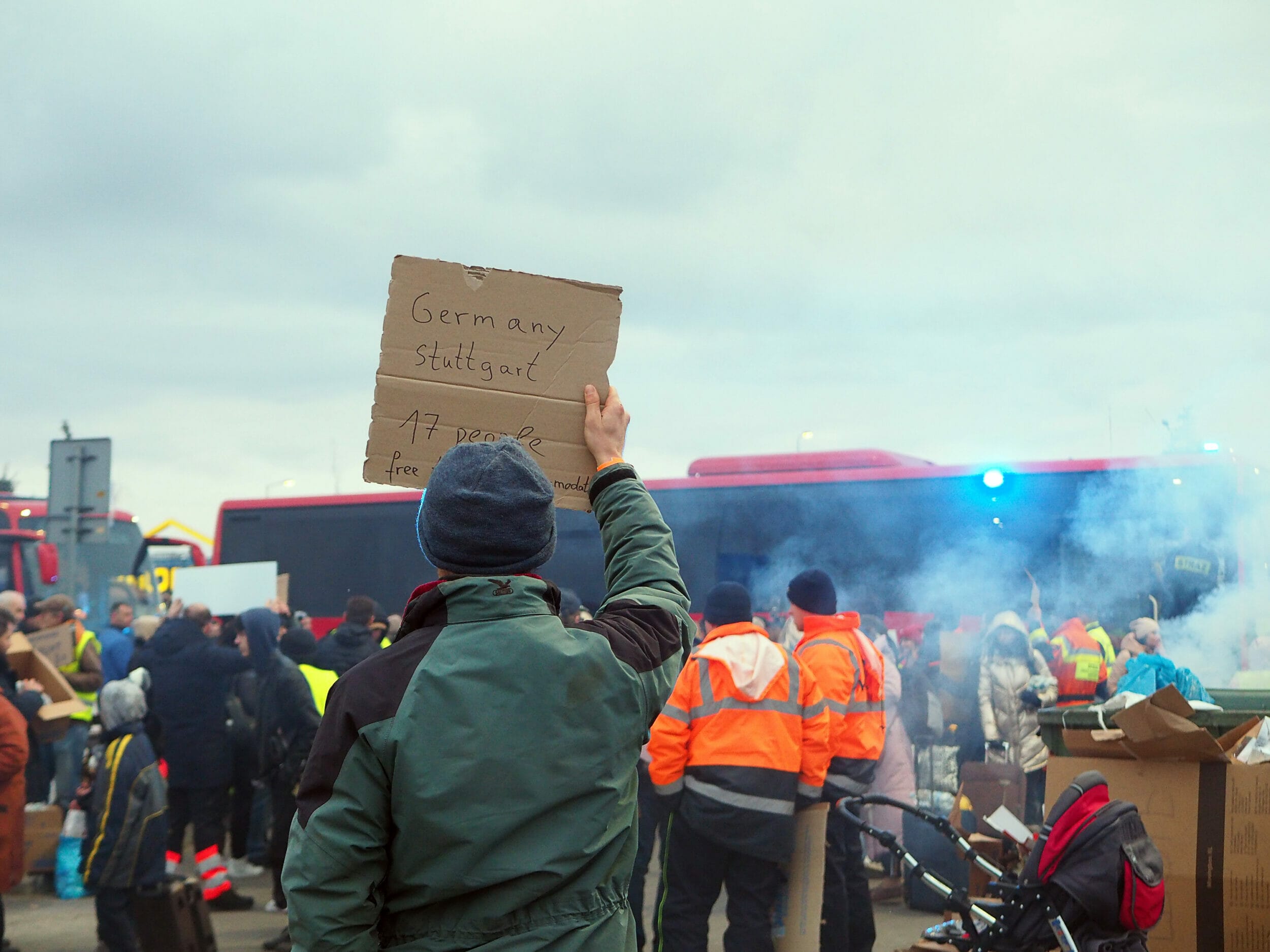

The “Unterkunft Ukraine” initiative wanted to find hundreds of thousands of places to sleep for refugees. But the criticism of the voluntary bed donors is growing.
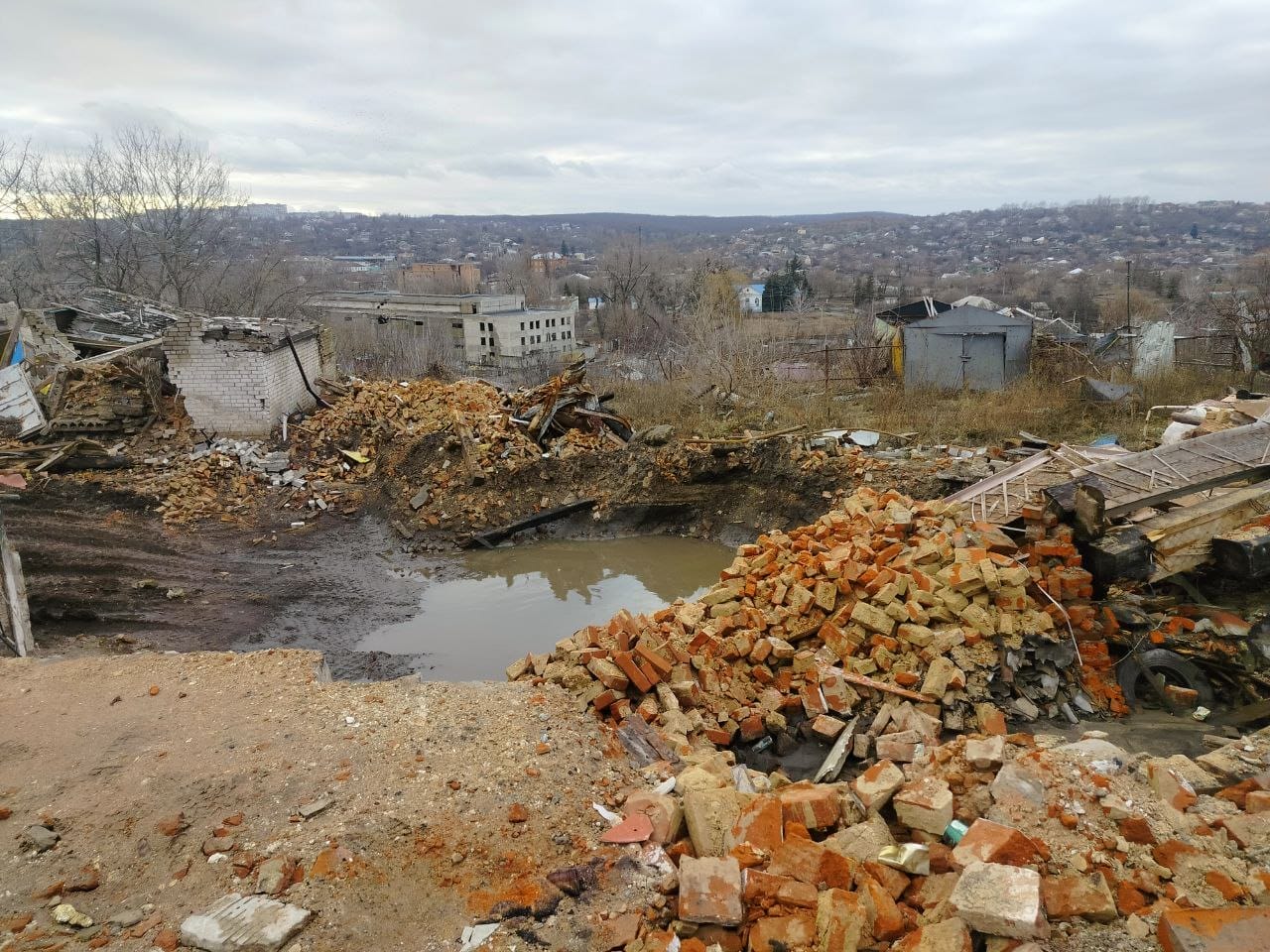

Russia has amassed tens of thousands of soldiers near Kupyansk and is trying to breakthrough. Meanwhile battle-weary Ukrainian troops on the other side await reinforcement and rotation. Sergey Panashchuk reports from a frontline village.
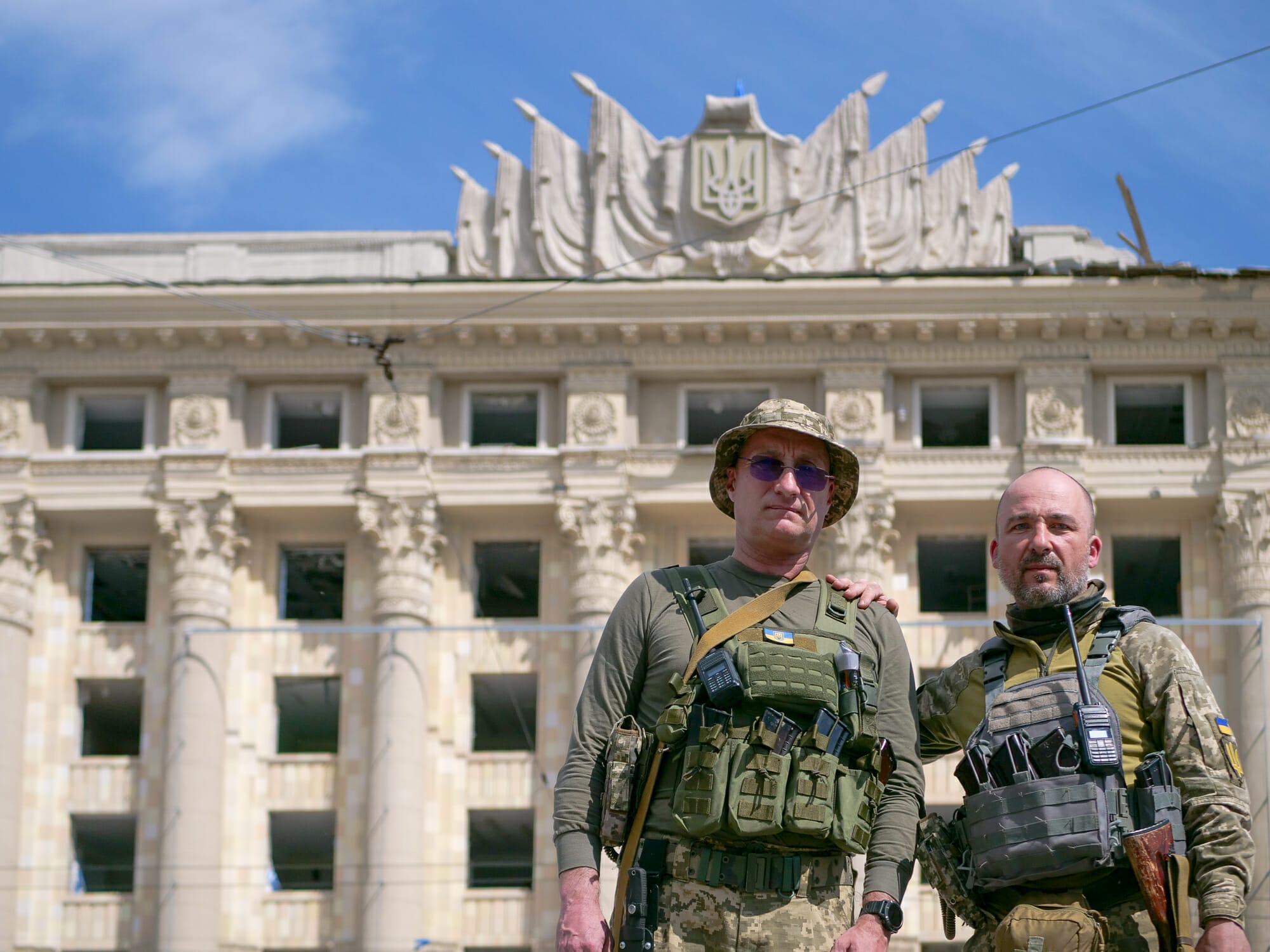

In Donbas Leonid Maslov already fought for the Ukrainian army. Now the 55-year-old lawyer is defending his hometown of Kharkiv.
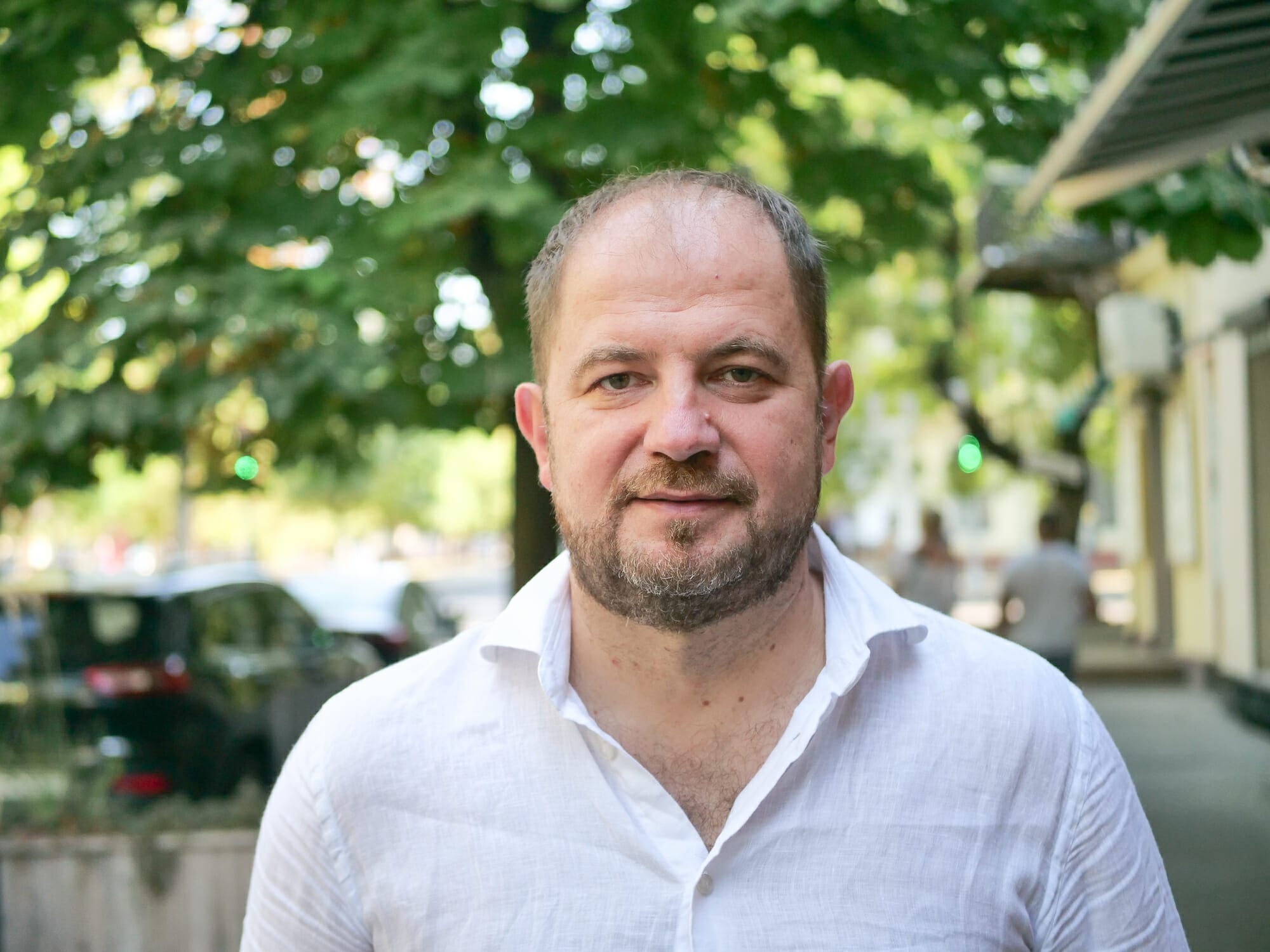

Vadym Tereshchuk is member of Odesa’s Council. With the city being under military administration, there is not much local politicians can decide. But they have other worries.
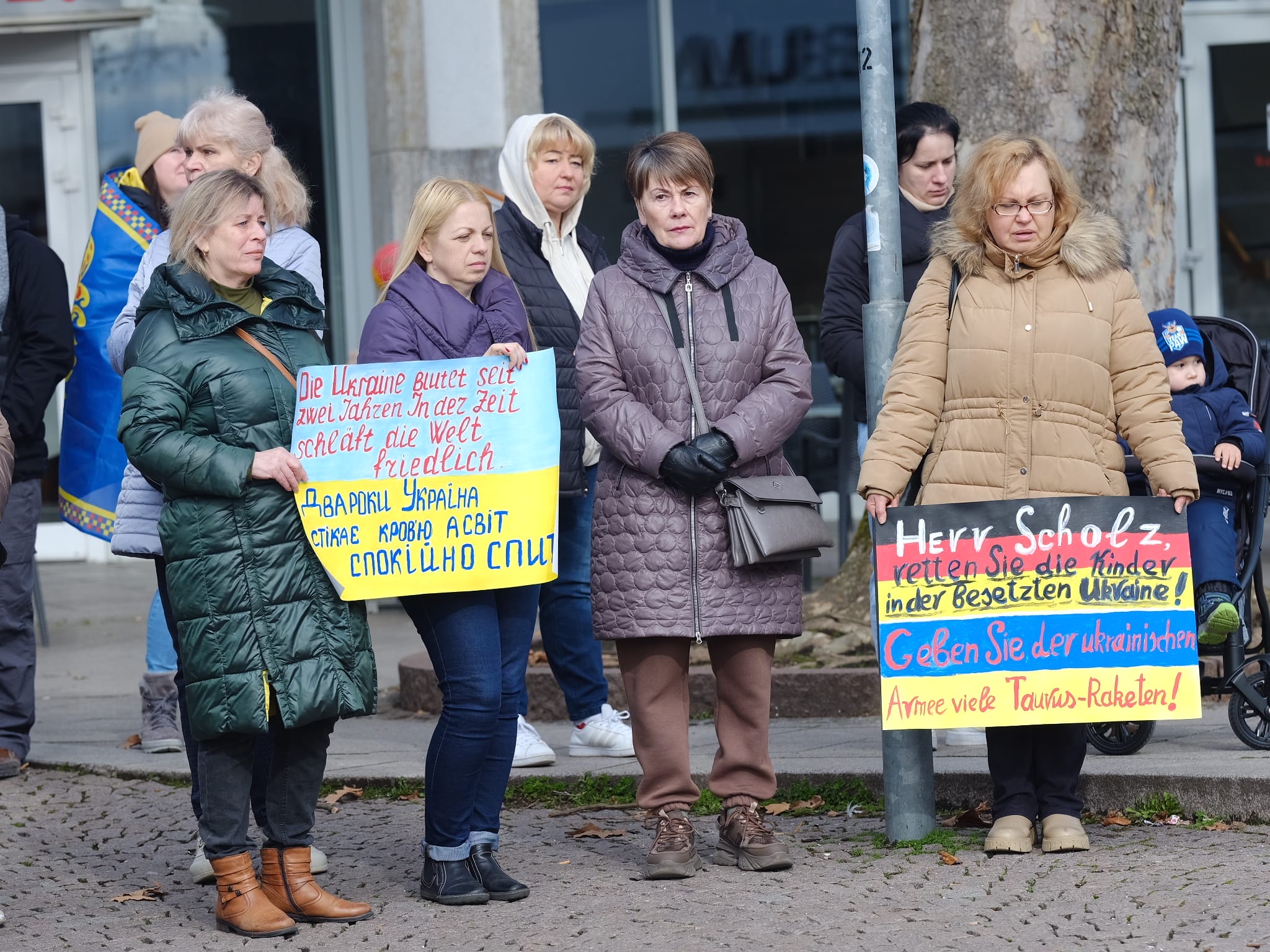

After two years of war in Ukraine, it is clear that arms deliveries alone are not enough. Why the allies need to step up their commitment – and why a military intervention could lead to peace. A comment.


A few days ago, we interviewed Juli Karzanova on the situation in Chernihiv. Here you can read the full transcript of the interview.
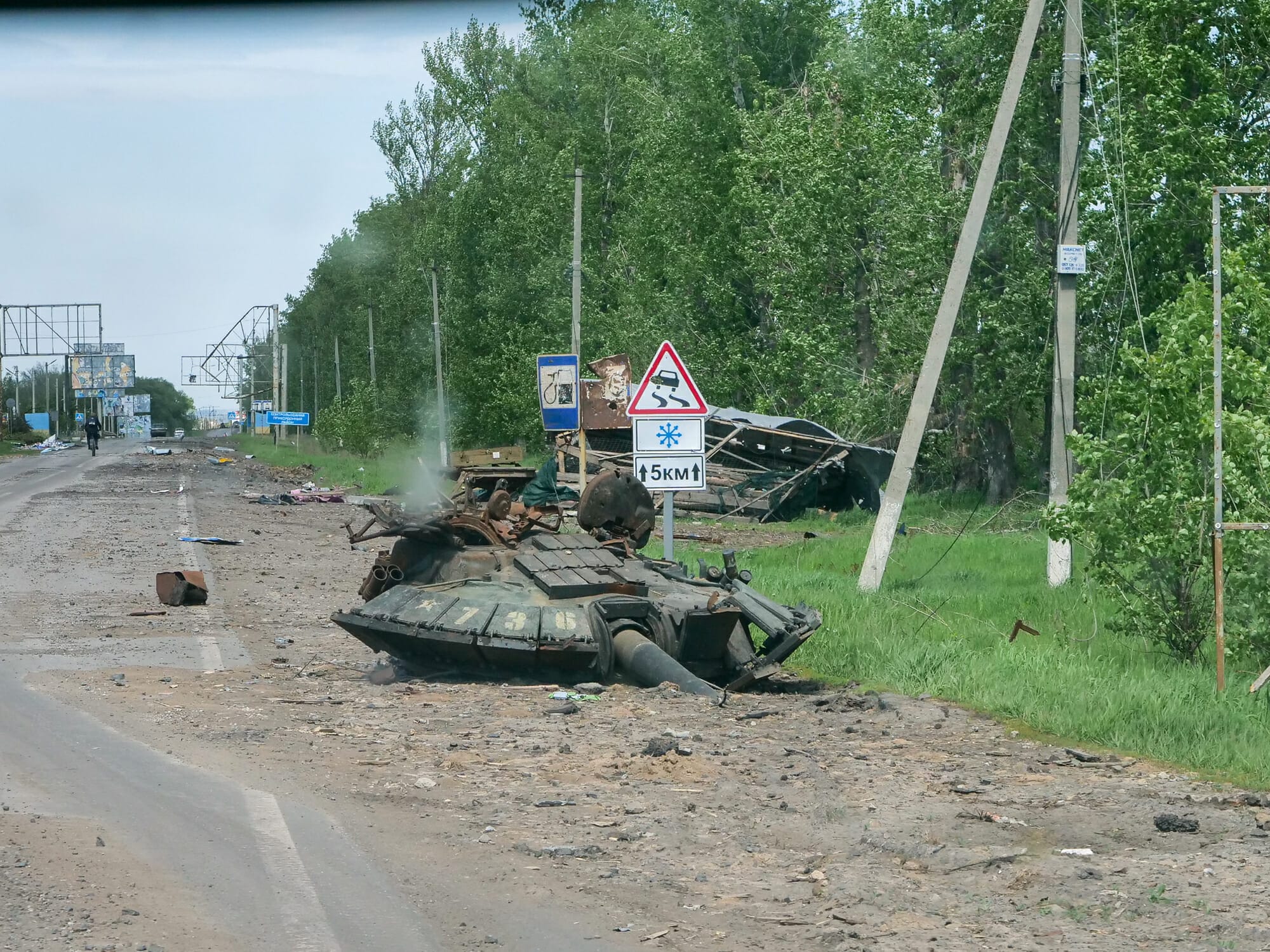

In Kharkiv, the Ukrainian army made an important interim victory. But the price is high, as a site visit shows.
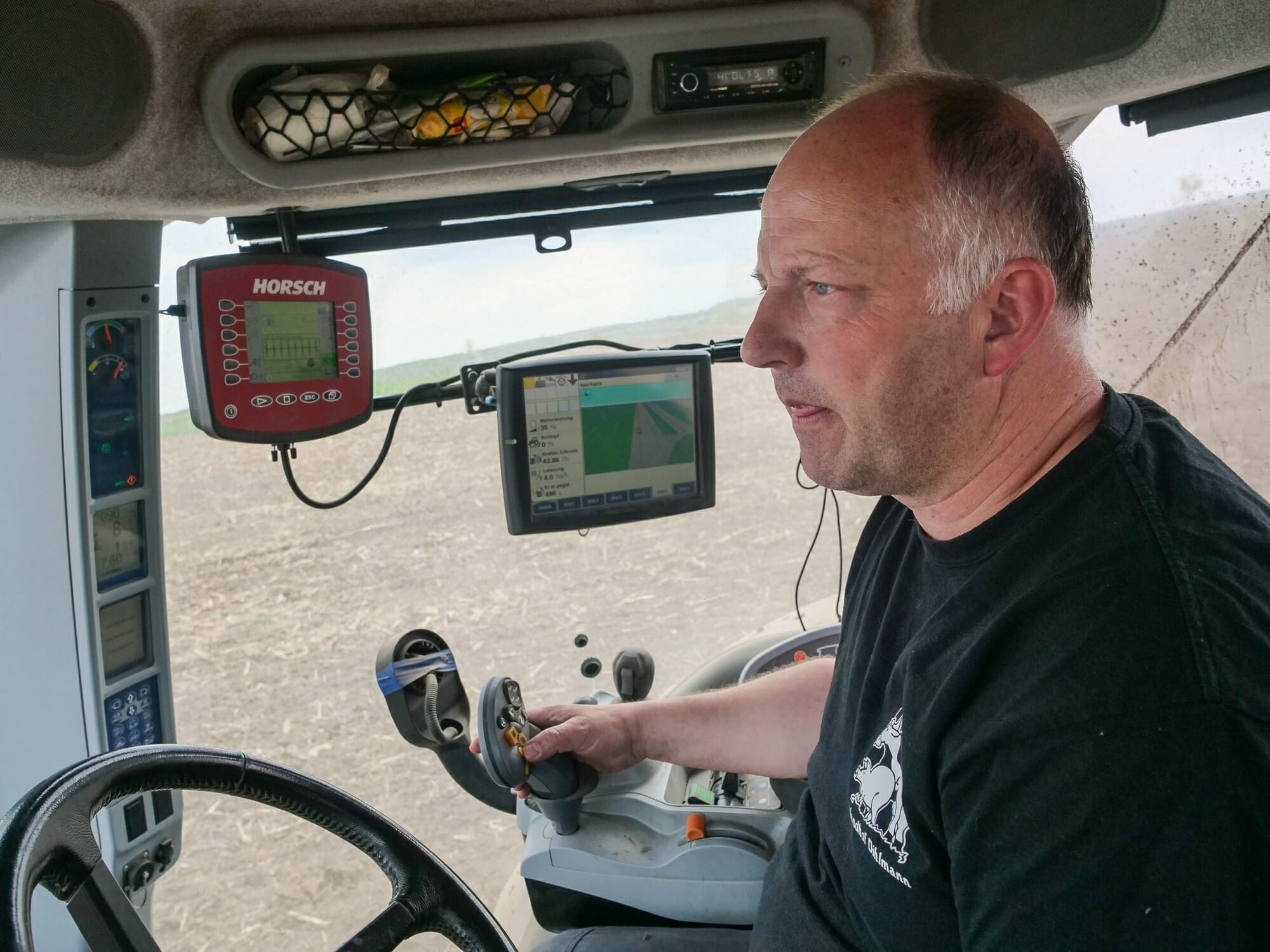

Like many foreign colleagues, Michael Dihlmann continues to work as a farmer in Ukraine despite the war. The risk of a global food shortage weighs more heavily on the industry.


The Ukrainian Leonid Kucheruk has a penchant for calendar days. He knows the day of the week for any date in his head. He is just as fit in chess, with history and politics.


Music and parties have been out of the question since the Russian large-scale attack on Ukraine. Members of the Module Club Dnipro fight for their freedom on the front lines.
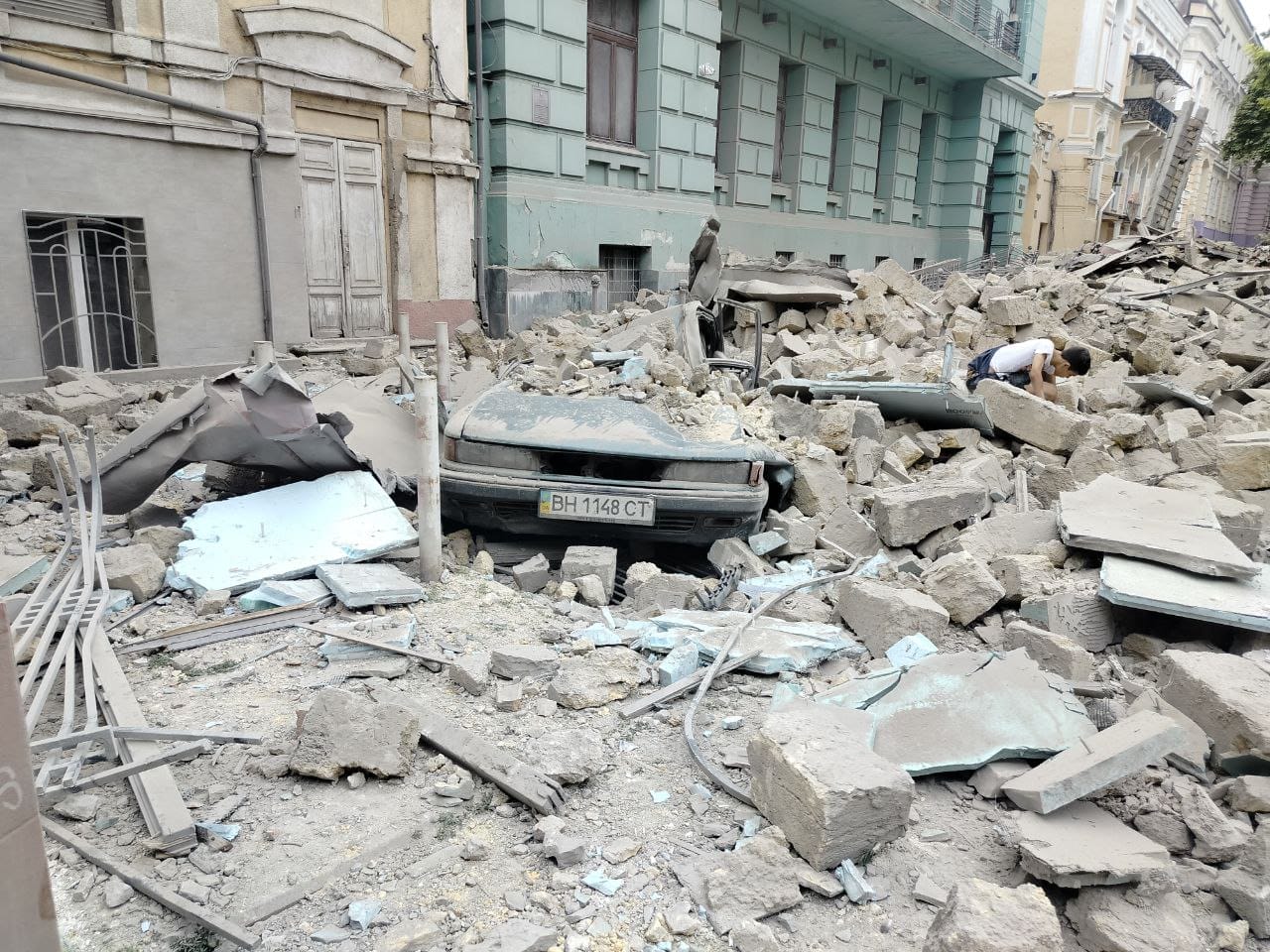

Reporter Sergey Panashchuk lives in Odesa. Since the beginning of Russia’s full-scale invasion in Ukraine he risks his life to cover Russian war crimes, tells people’s stories and reports from the frontline. Here he is sharing his thoughts.


Powerlessness gives way to a thirst for action: despite fearing for their own lives, three women in Kyiv have founded an aid organization and are helping their fellow human beings in Ukraine.


While the war is still raging in the country, Ukraine is already exhibiting destroyed Russian equipment in the capital Kyiv.
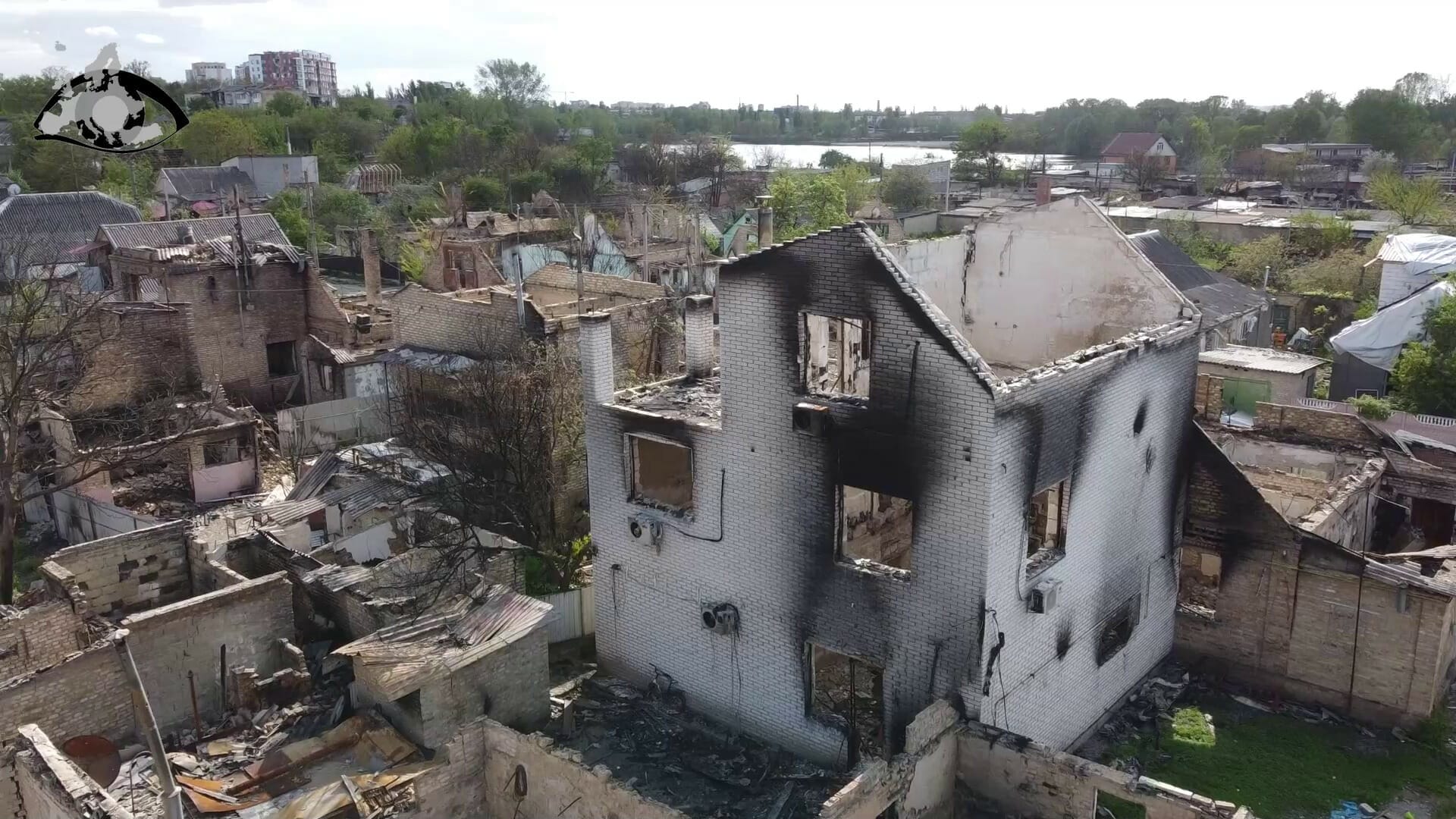

In the northeast of Irpin, a residential area was particularly affected by the fighting in the Ukraine war. Vitali shows what happened in his hometown.
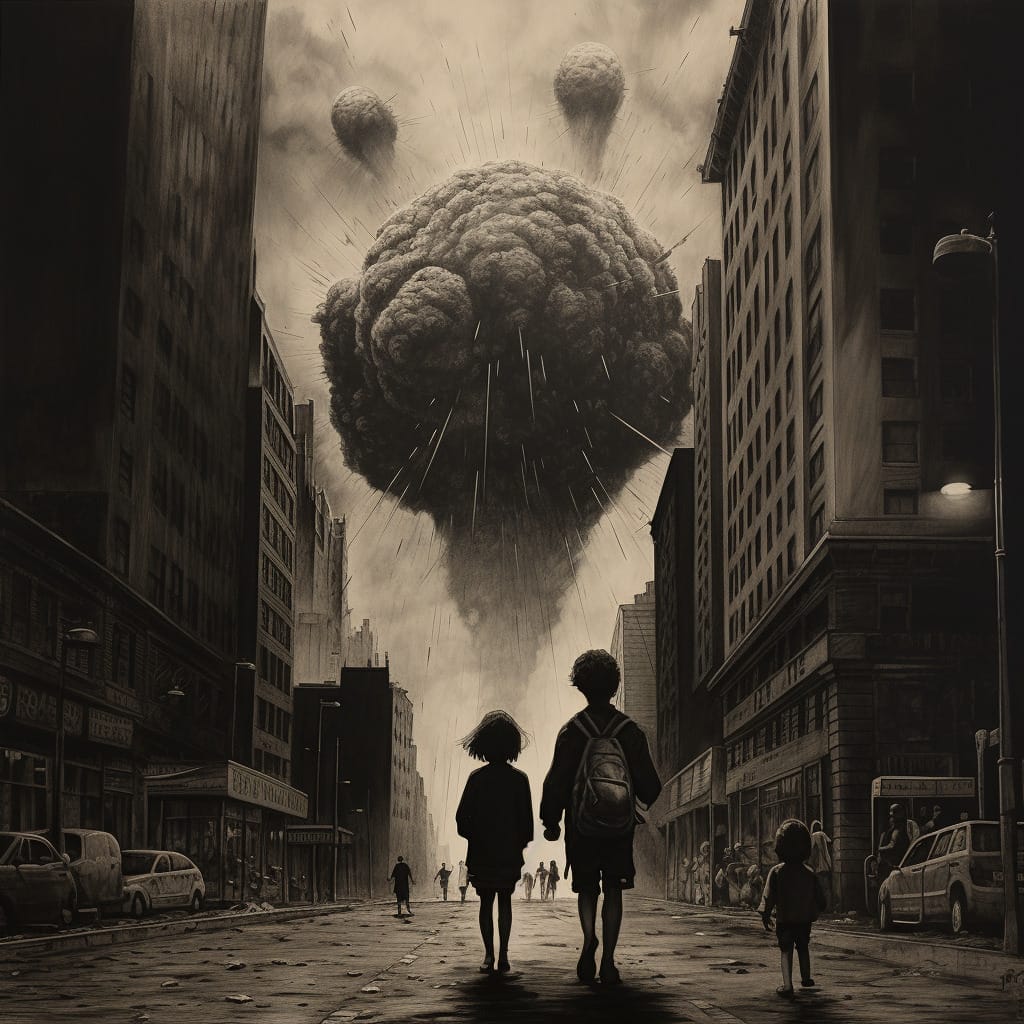

Numerous Jewish Ukrainians left their war-torn homes for Israel after Russia’s full-scale invasion. With Hamas attacking Israel now, they are reliving a trauma.
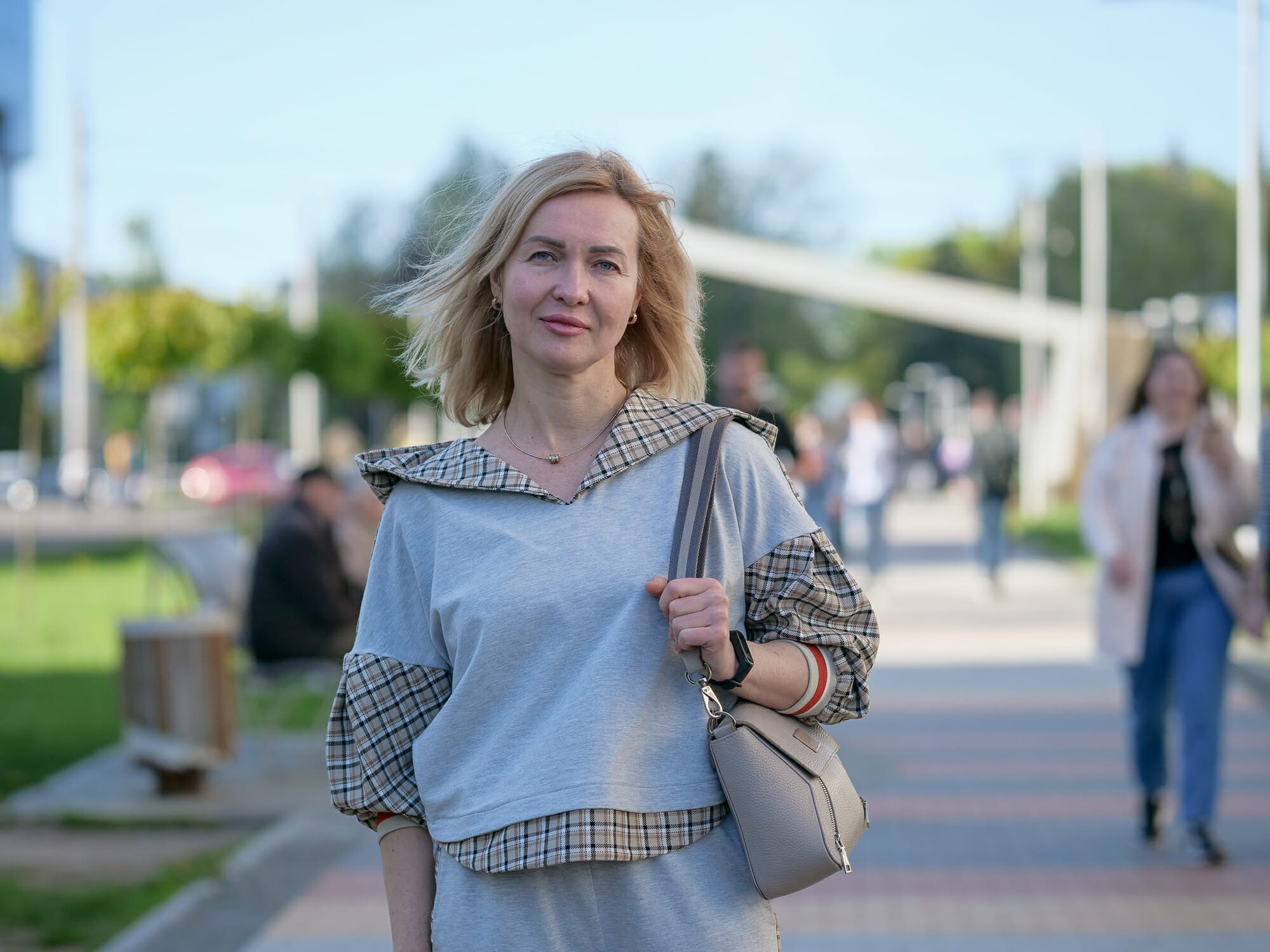

After two weeks of war, Tatiana Ovays fled Sievierodonetsk with her family. She had to start over in Vinnytsia, central Ukraine, and quickly gained a foothold.
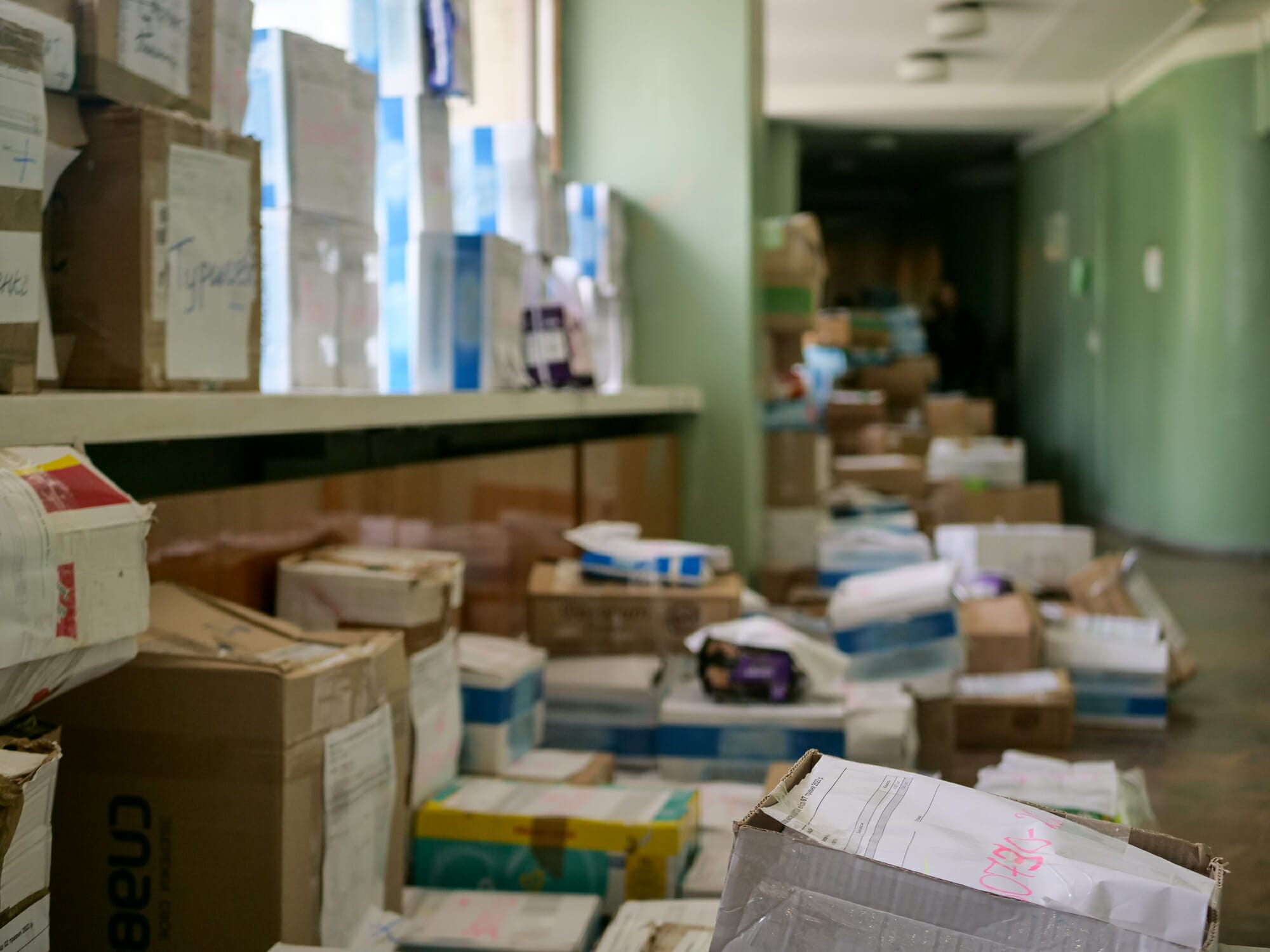

While numerous people have left the city of Dnipro because of the war coming closer, hundreds of thousands are finding refuge here – and organize humanitarian aid.
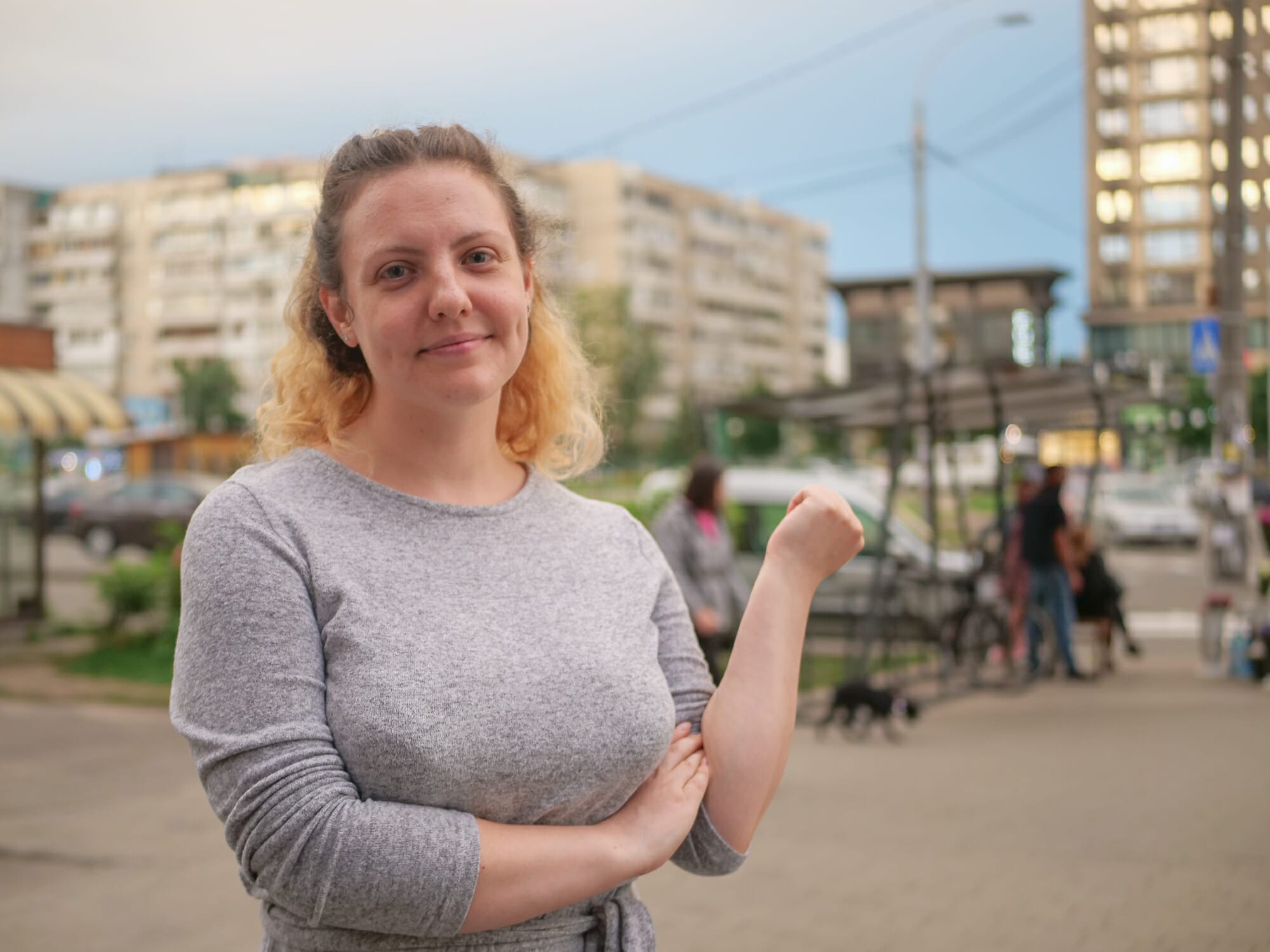

Stanislava Liasota is the founder of Ukraine’s first professional musical theater group. Russia’s full-scale invasion on her country will change arts and culture, she says.
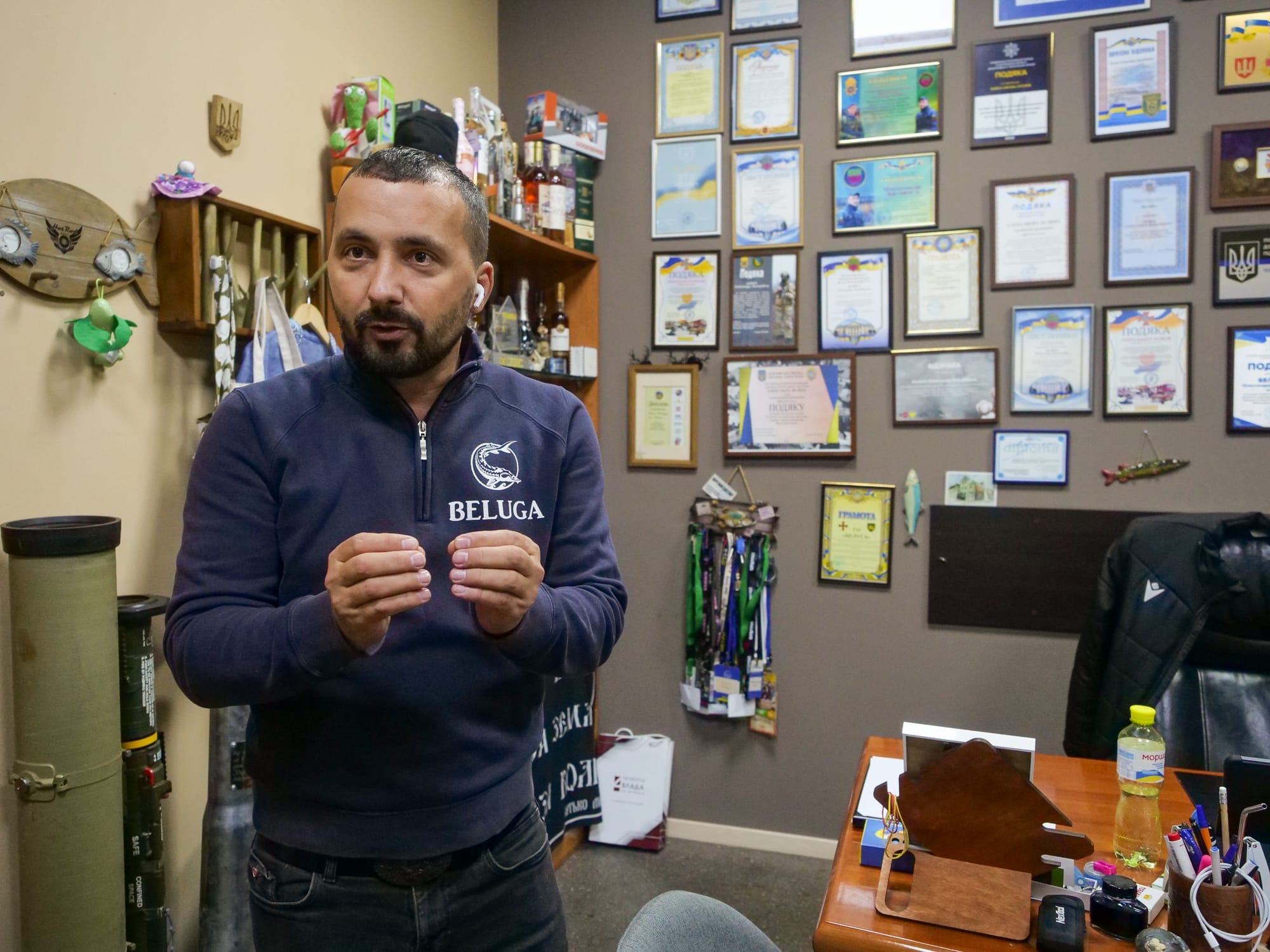

When Russia started its full-scale invasion in Ukraine, Oleksandr Beluga decided to help his people. He stayed in Zaporizhzhia and set up the biggest Humanitarian NGO’s in the city.
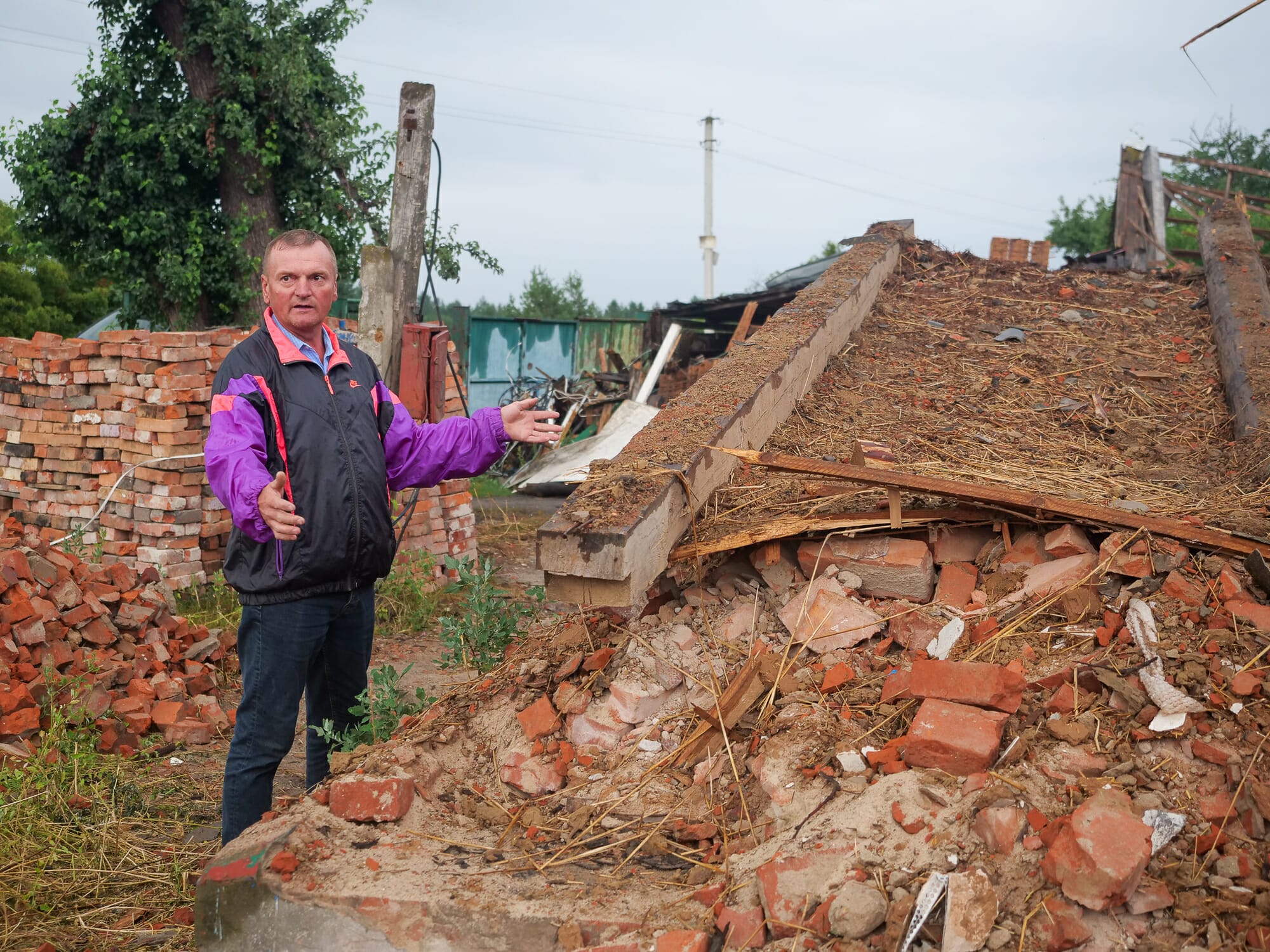

Away from the well-known places around the Ukrainian capital Kyiv, Pidhaine was particularly hard hit by the Russian attack. Local residents tell what happened.
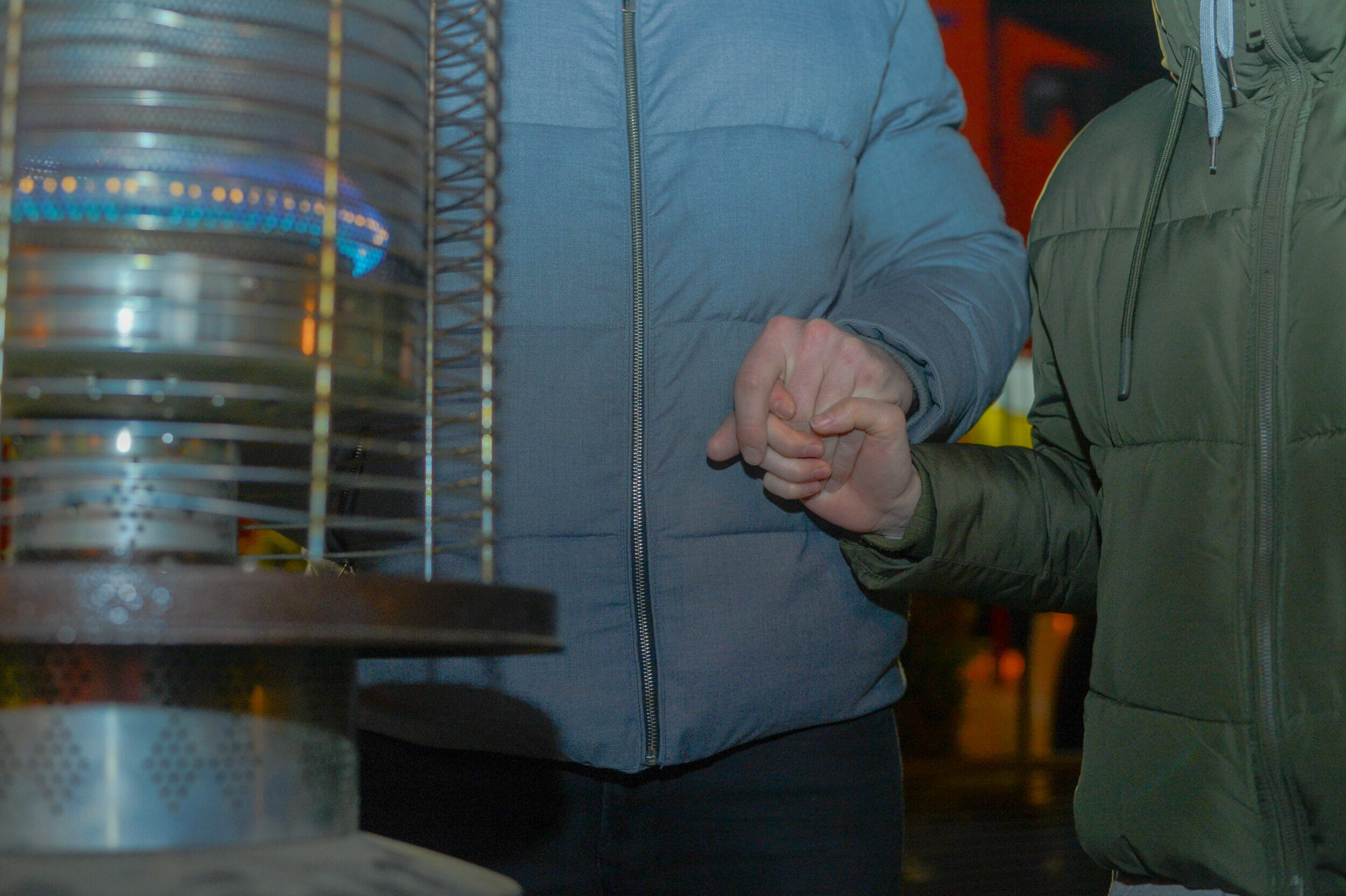

Kristina and Eugene talk about their flight from Ukraine, why he was allowed to leave the country and how they want to continue.
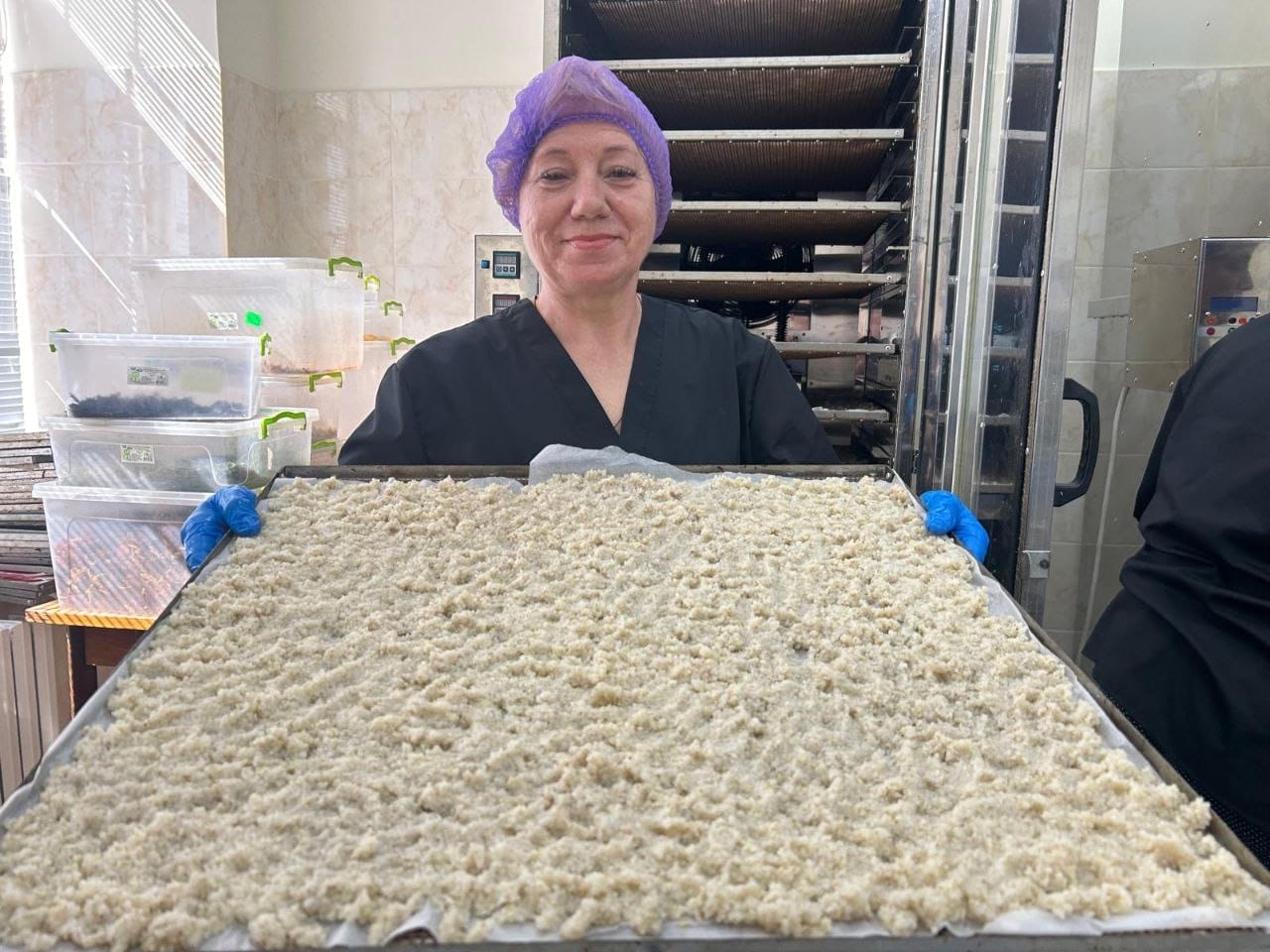

Businesswoman Olga Belenko started a charity to send healthy meals to Ukrainian soldiers. By drones it even gets into the trenches.
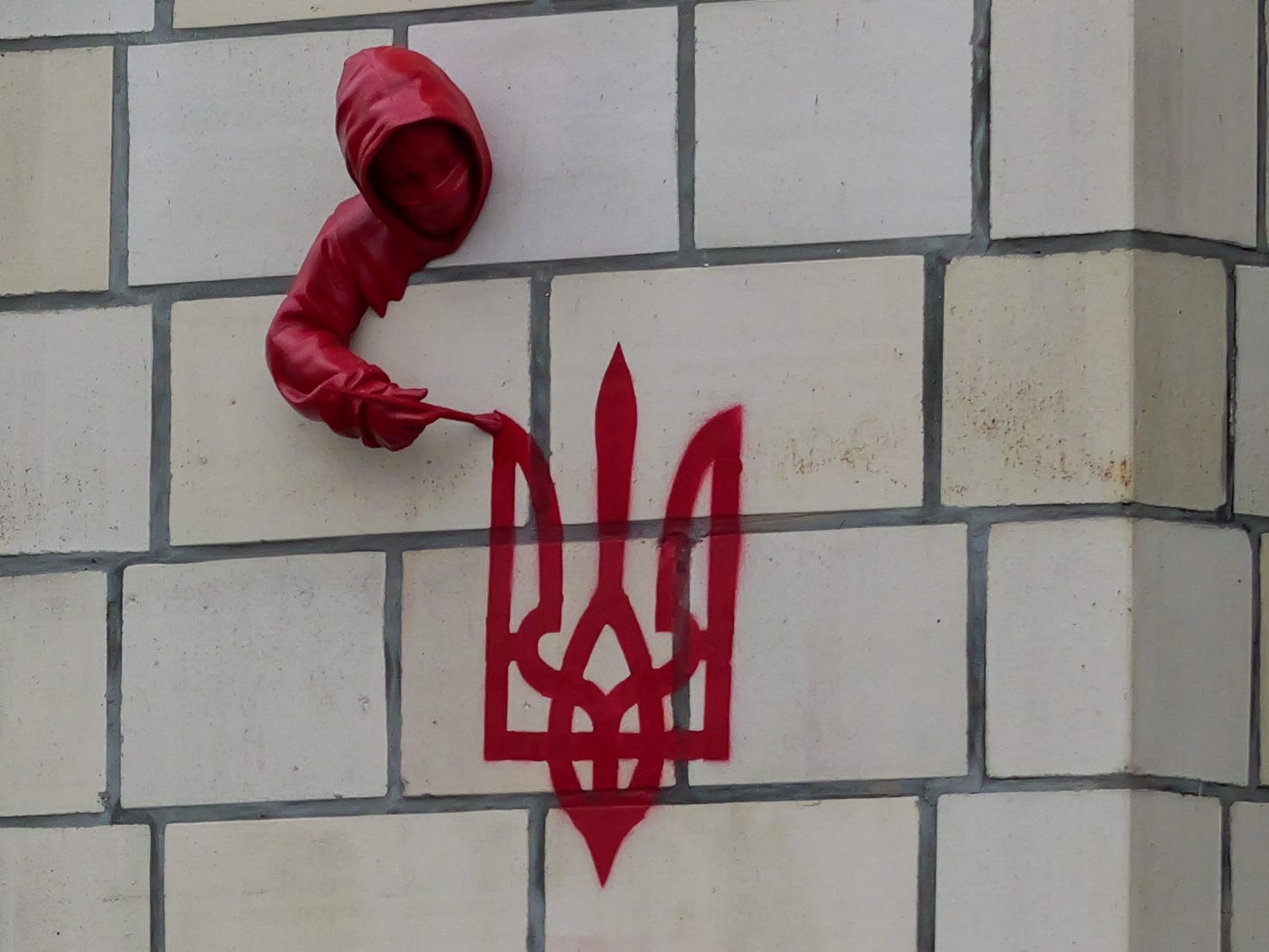

Donald Trump’s electoral success is unsettling the USA’s allies. However, political scientist Olekandr Kraiev sees opportunities for Ukraine under Trump’s presidency.


Adam survived the Russian siege of Mariupol. He spent a month in the war-ravaged harbor city. Here he tells about his experiences.


Donations from all over the world are received in a warehouse in Vinnytsia, Ukraine. A local organization takes care of the distribution.
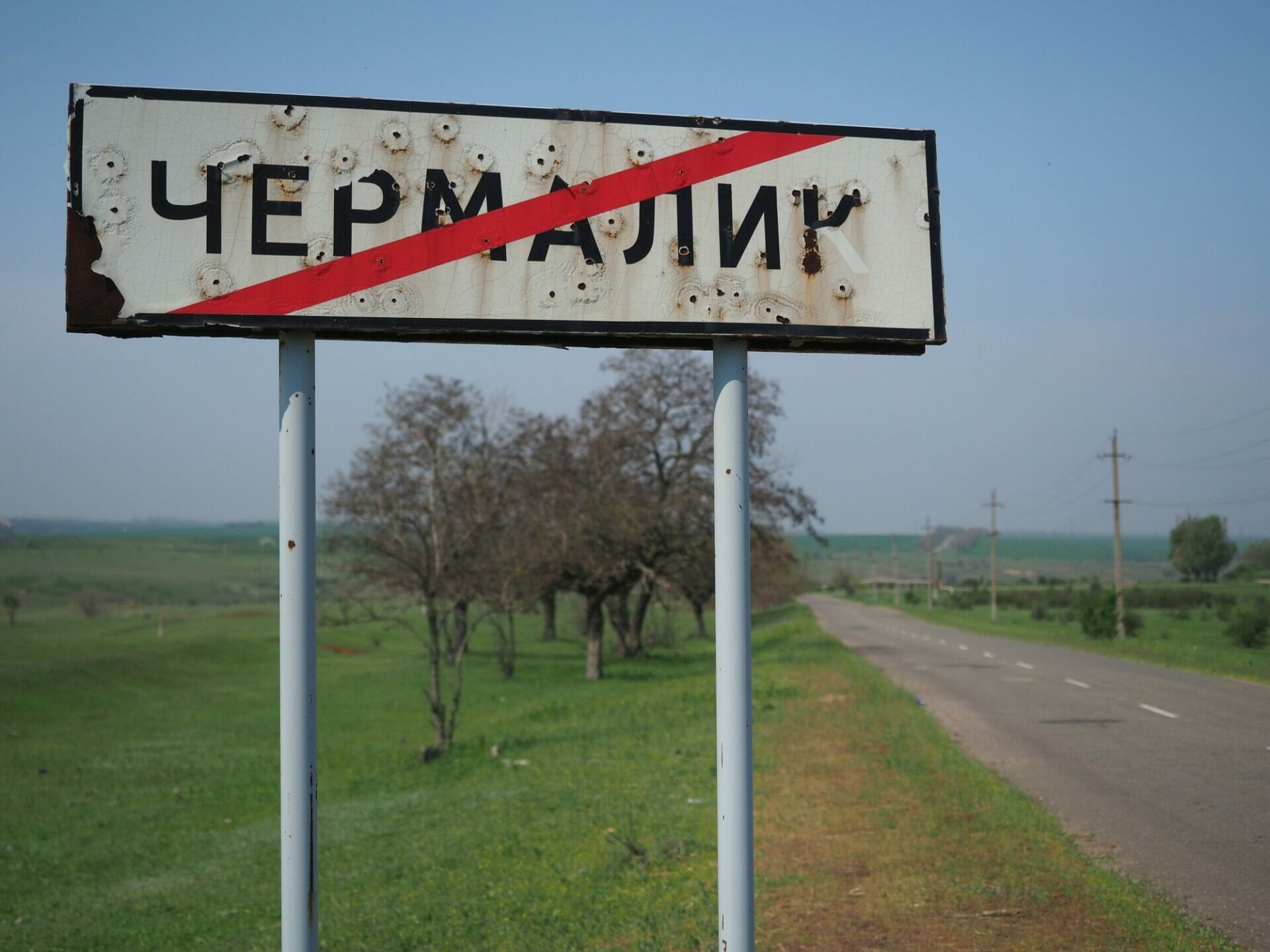

In Ukraine shootings are happening on a daily basis — visit of a village on the front line
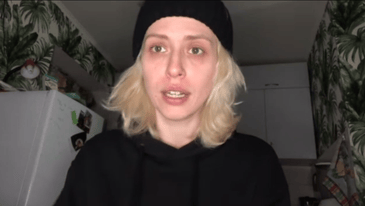

For several weeks, the Ukrainian city of Chernihiv near the border with Belarus has been under non-stop Russian attacks. Juli Karzanova stayed and reports on everyday life in the war.
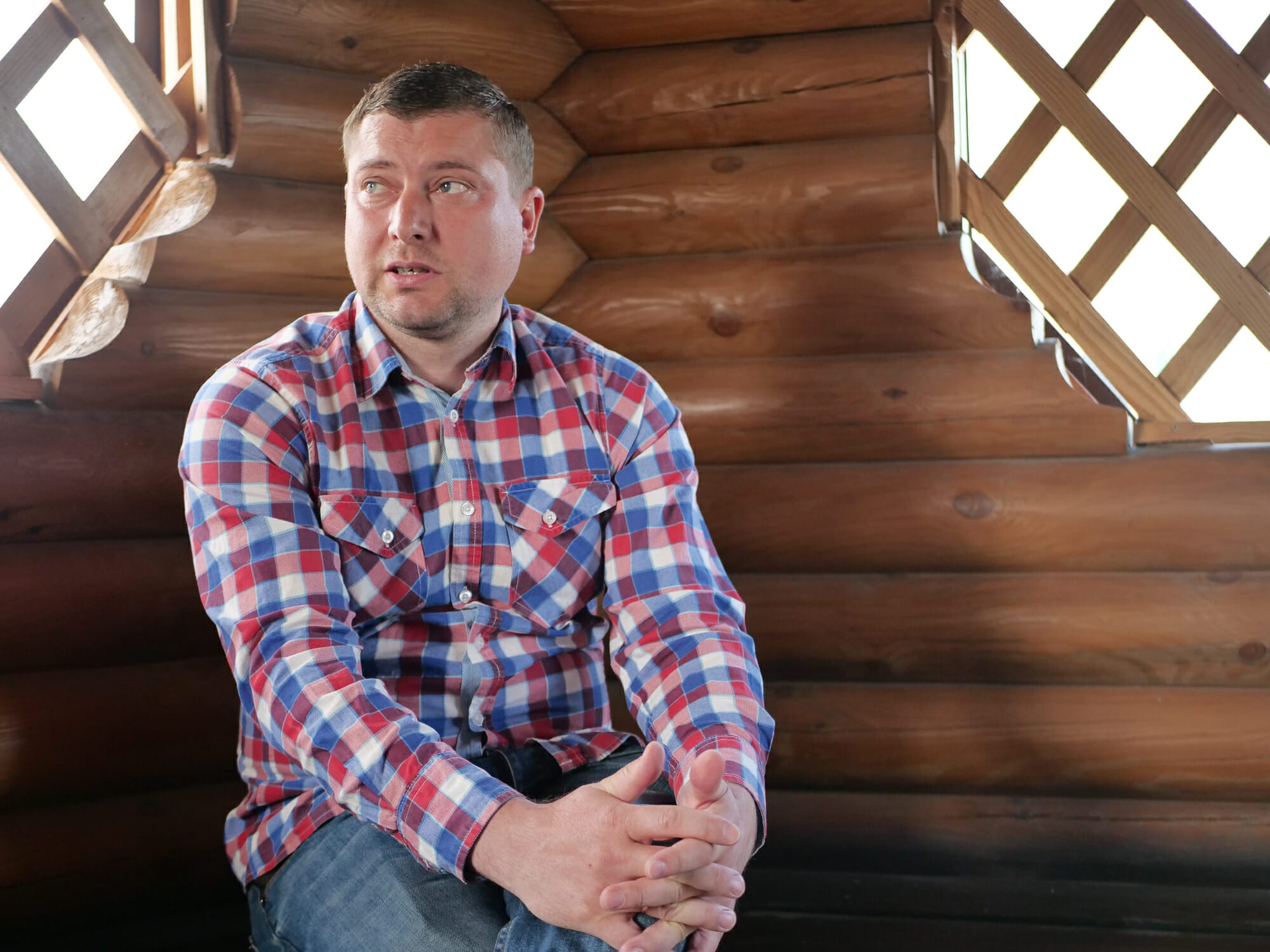

Dmitro Soochekov took an early opportunity to flee Bakhmut with his family. In the midst of war he has returned to salvage possessions.
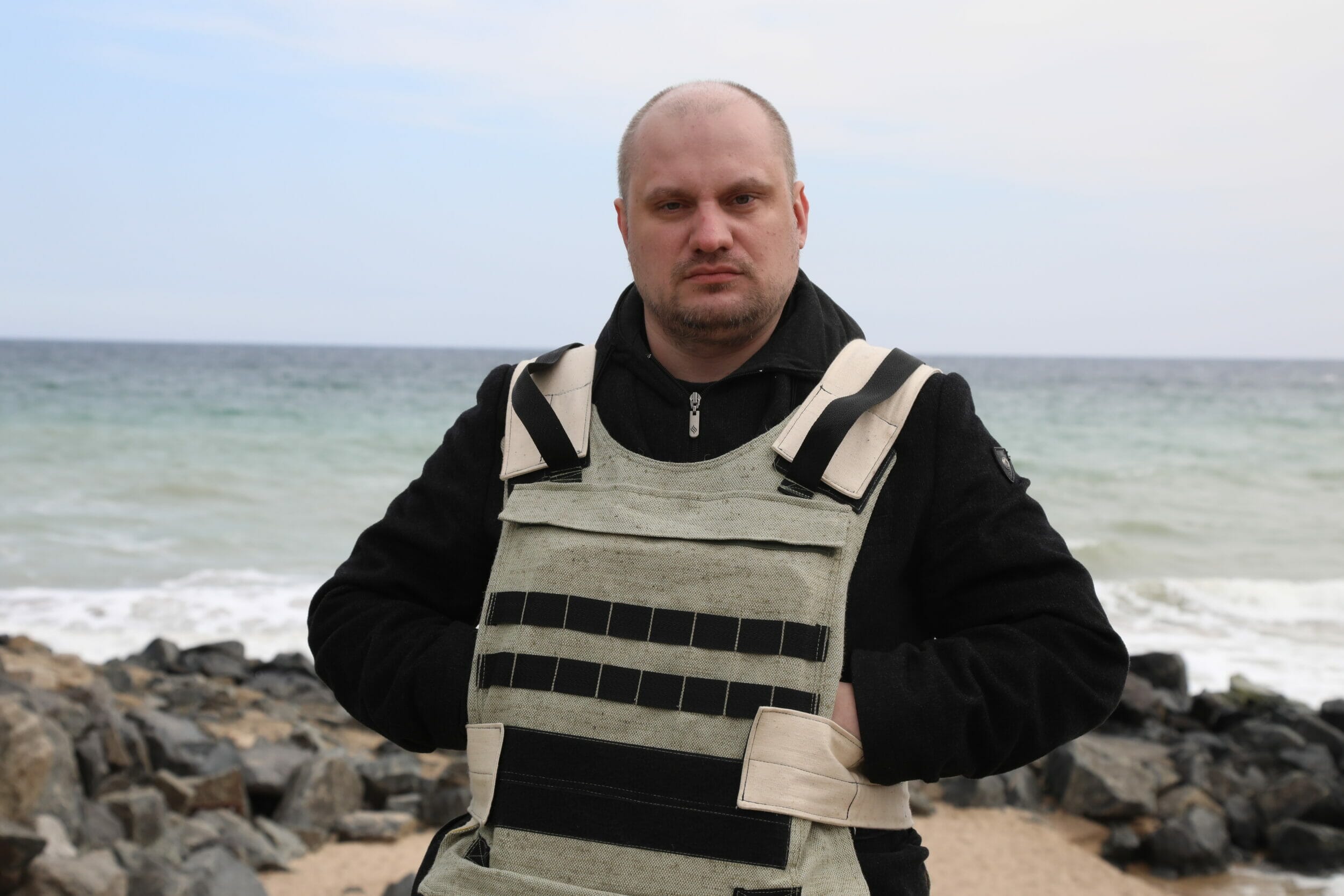

Sergey Panashchuk works as a journalist in Odesa. In recent years he has tried to stay as far away from the war in Donbass as possible. Now the fighting has come to his city.
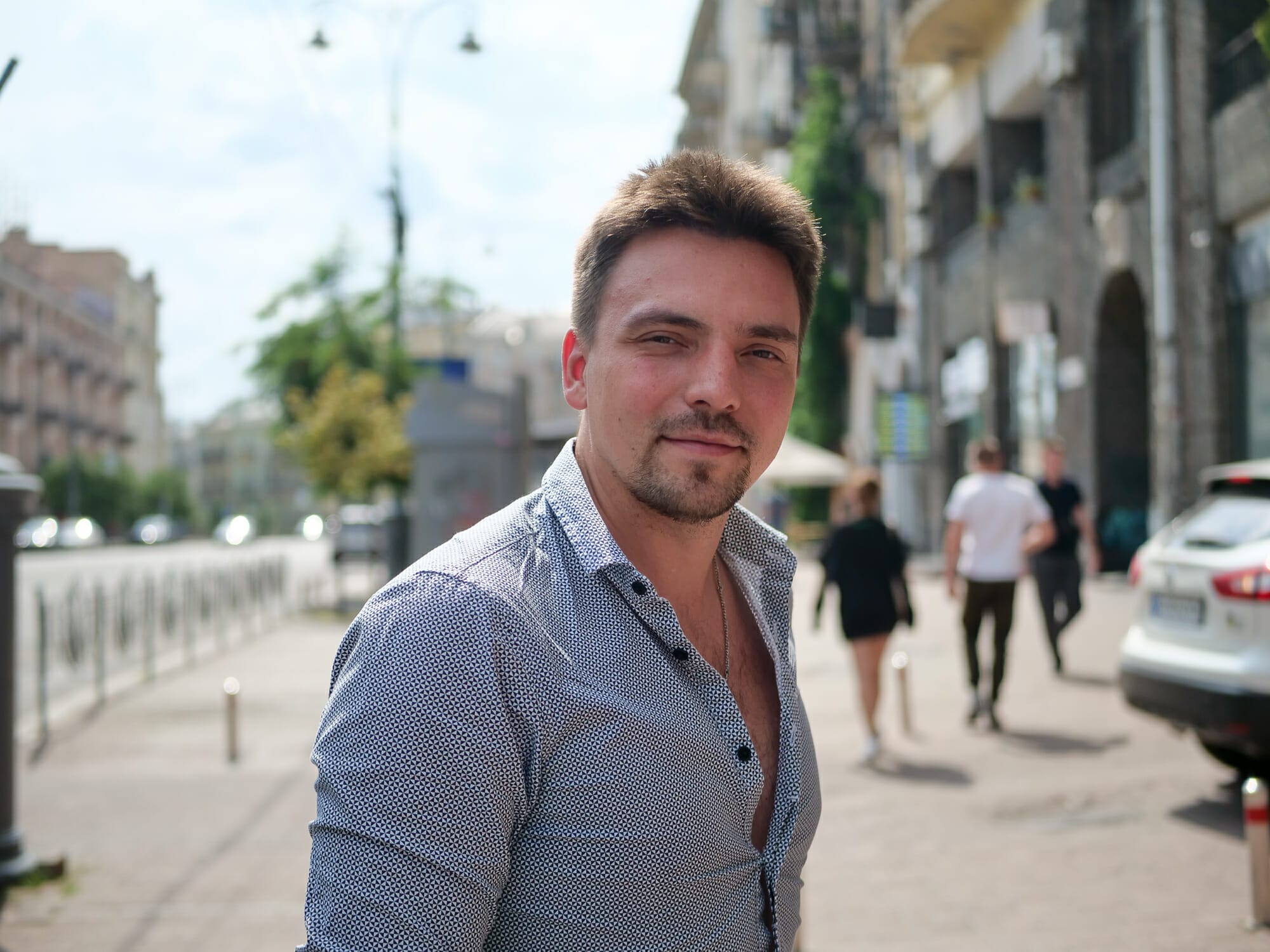

Aleksandr Semenchenko traveled the whole world, now he is back in Kyiv. For musicians like him it is difficult to make some income now.
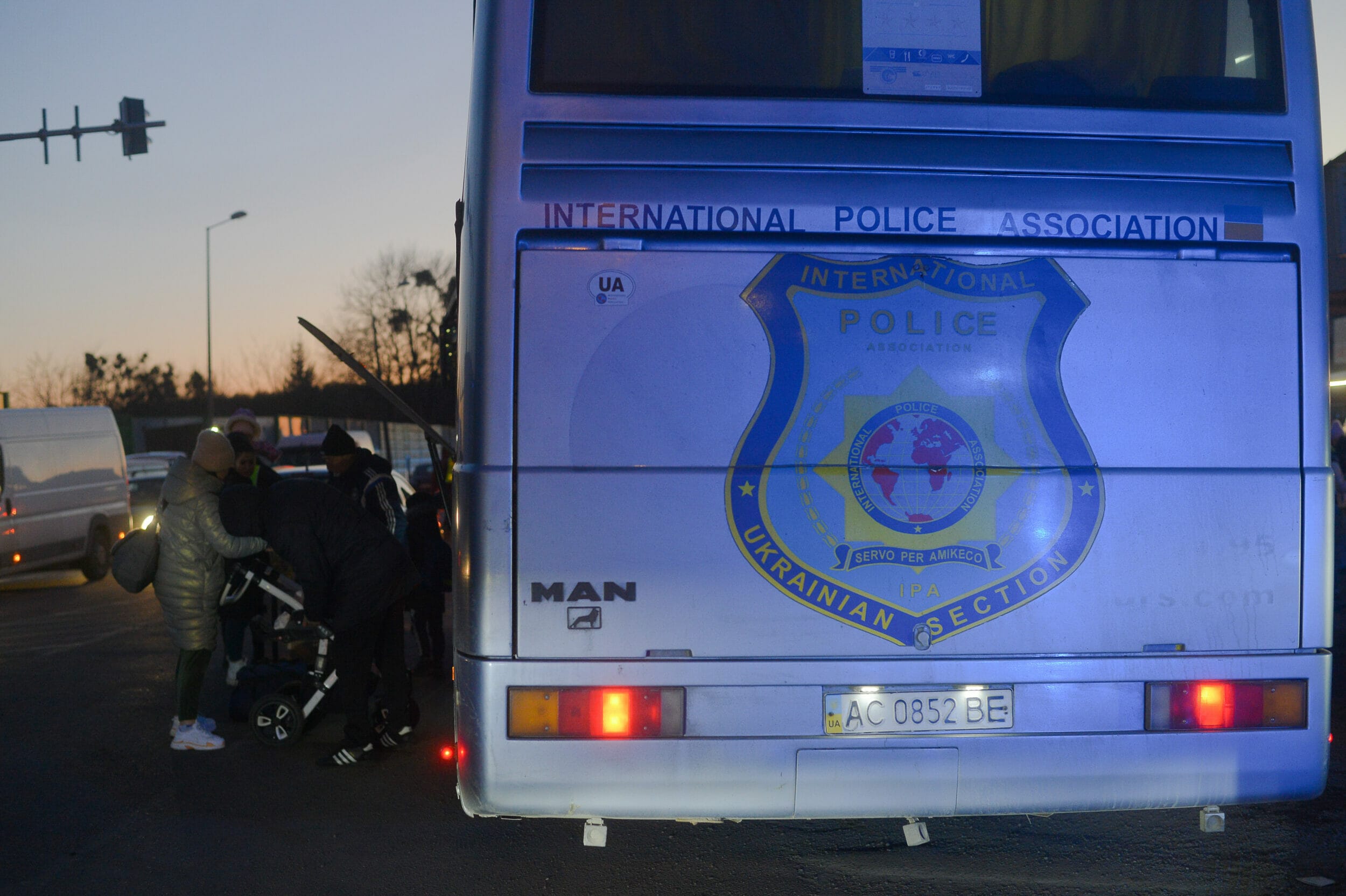

Canada and the US evacuated Afghans from Kabul with a stopover in Ukraine. With the widespread war there, they are going from bad to worse.
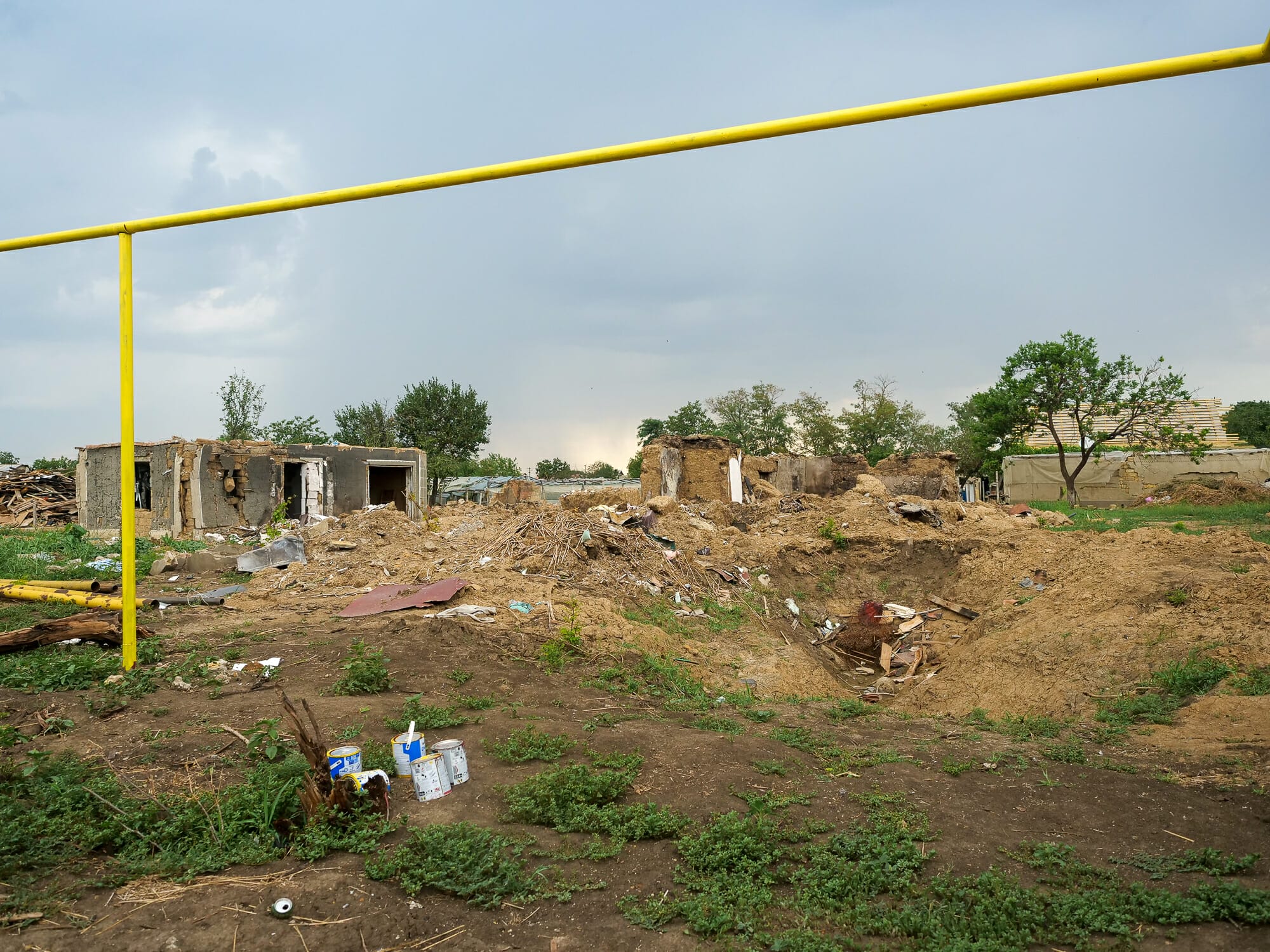

Mayaky is a small town, far from the frontline in Ukraine and next to the border to Moldava. When a rocket hit, Sergey Stepevoy was among the most affected.
Before the start of the war:
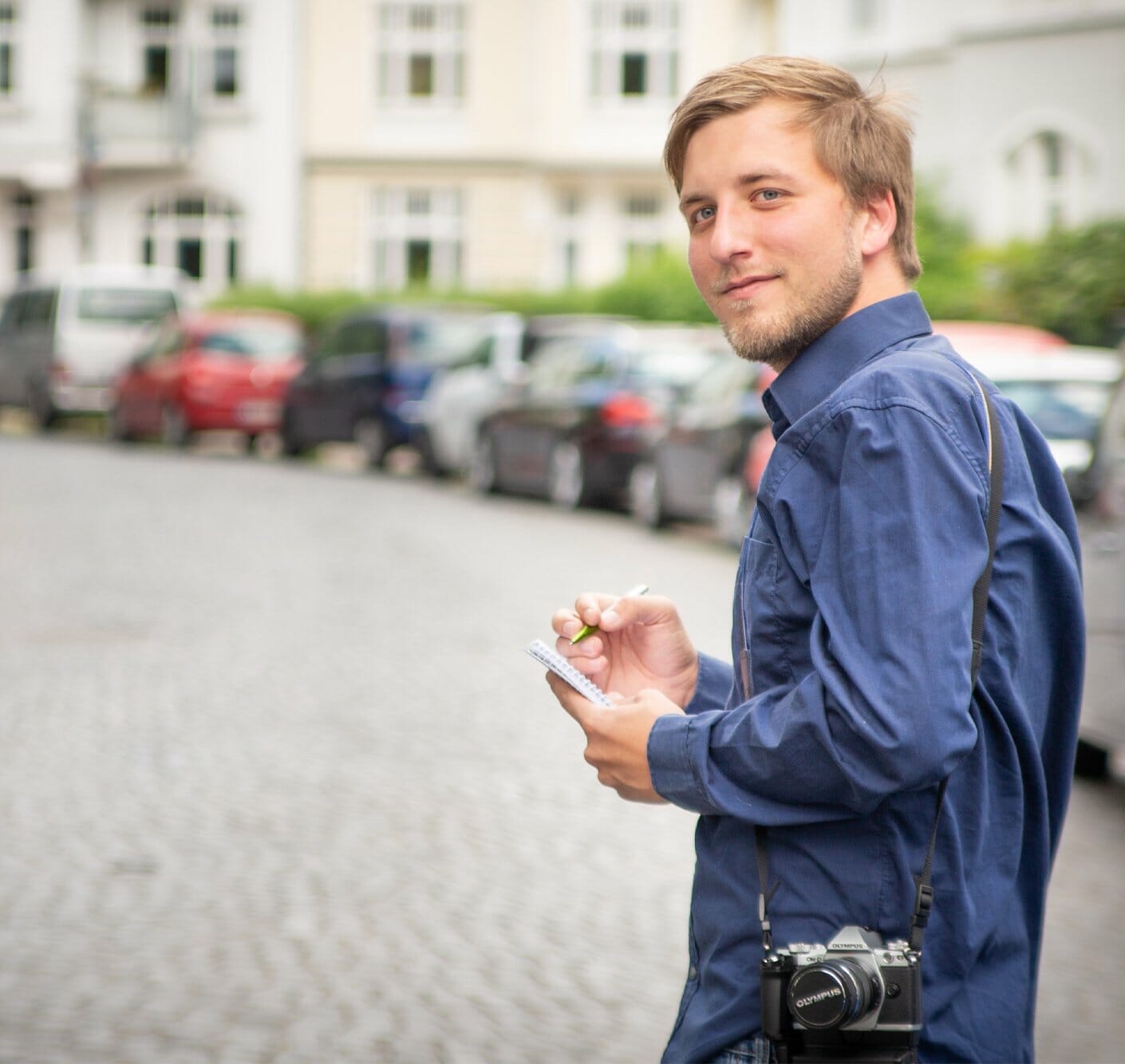

Freier Journalist aus Bremen, Volontariat beim WESER-KURIER. Mitgründer von Witness Europe und Report vor Ort.
[mc4wp_form id=239488]

Leave a Reply
You must be logged in to post a comment.